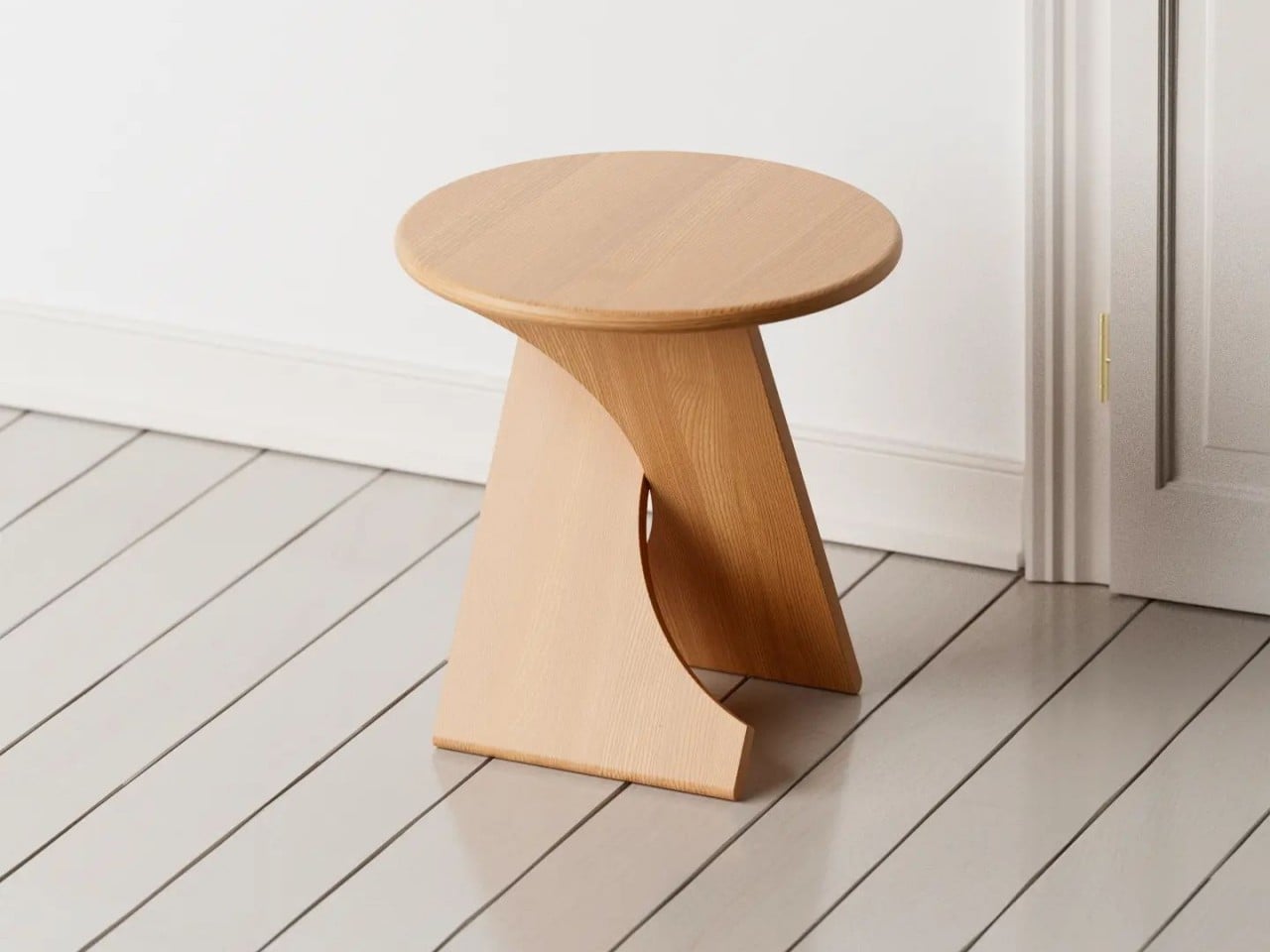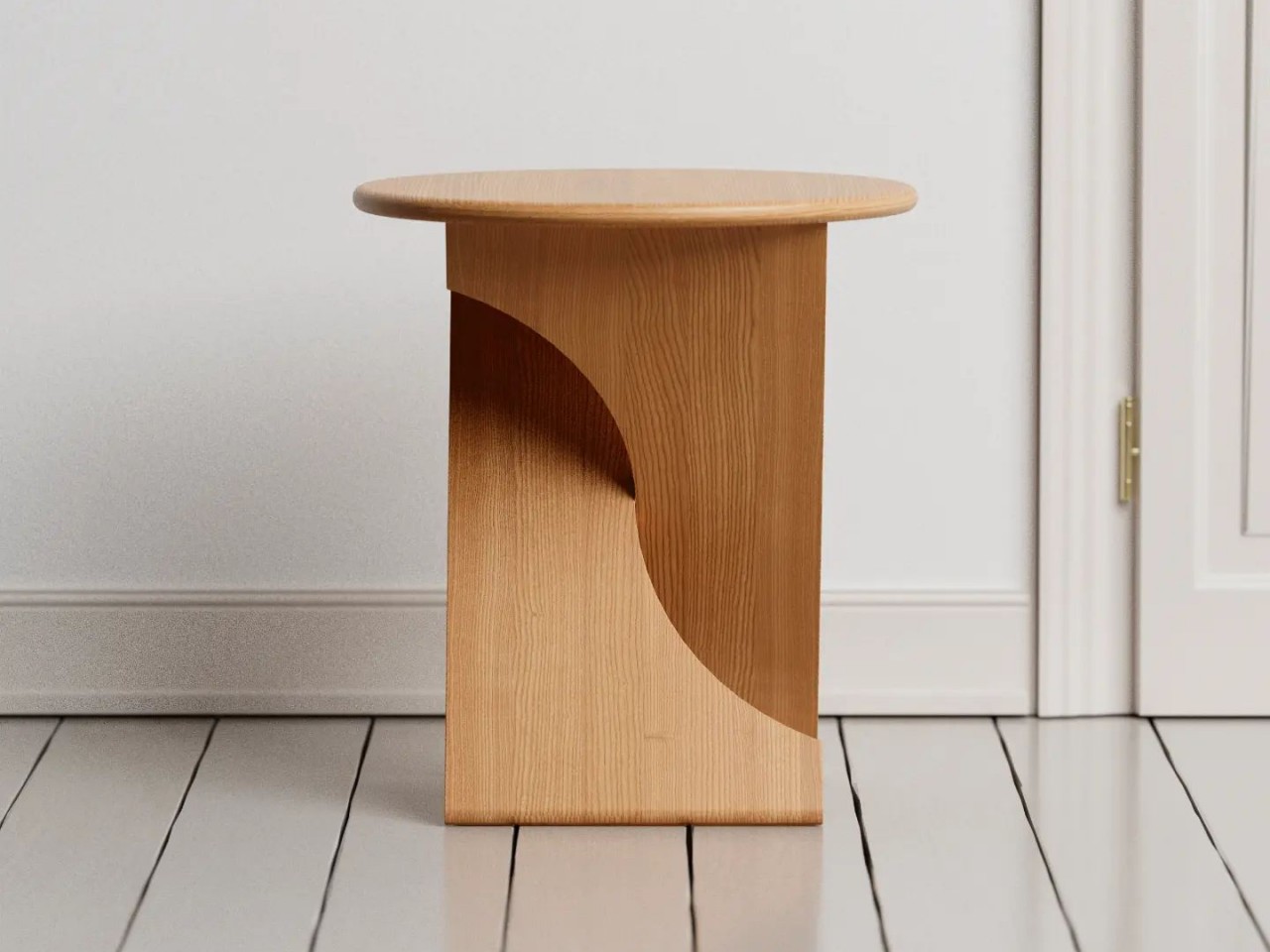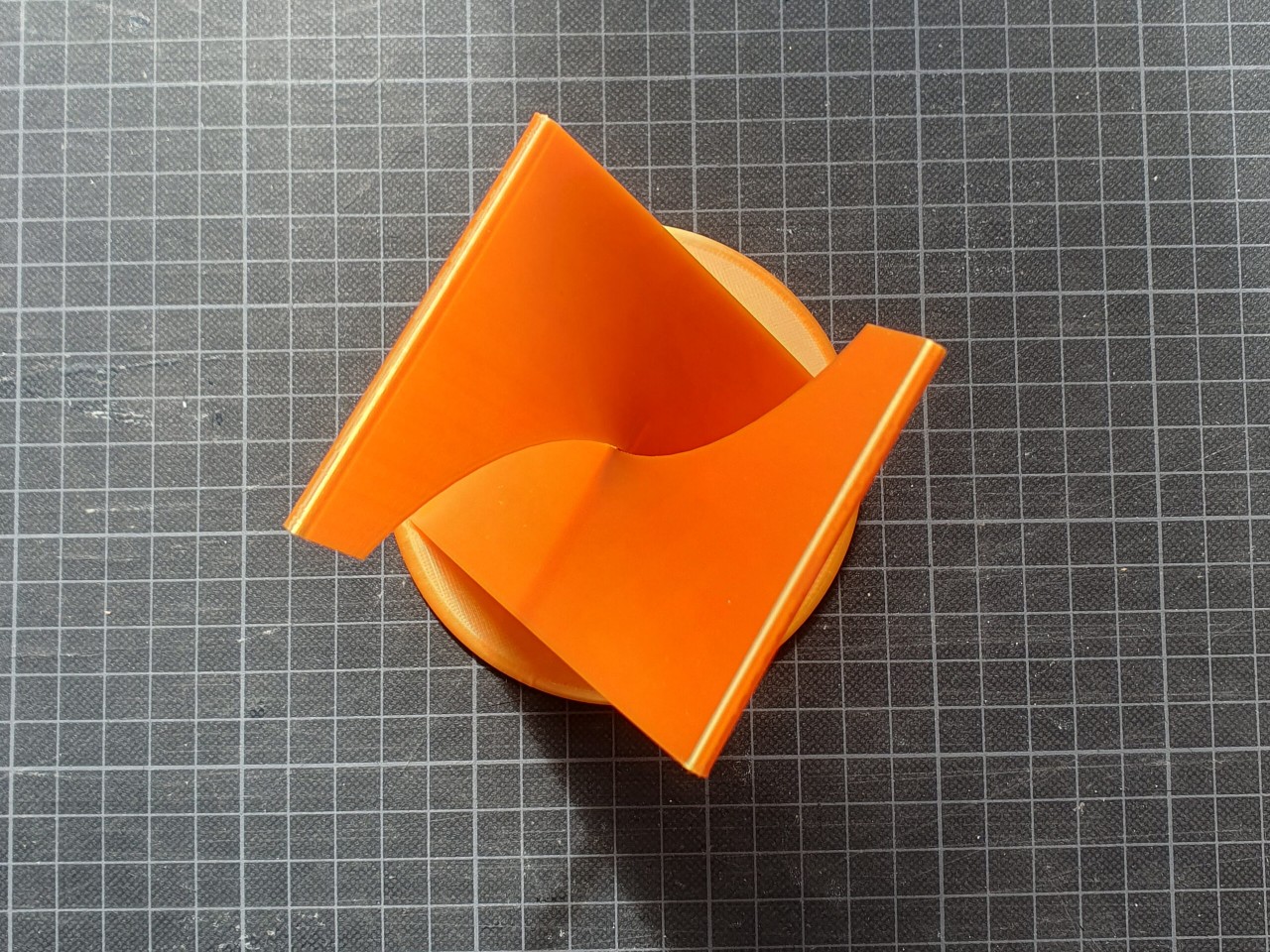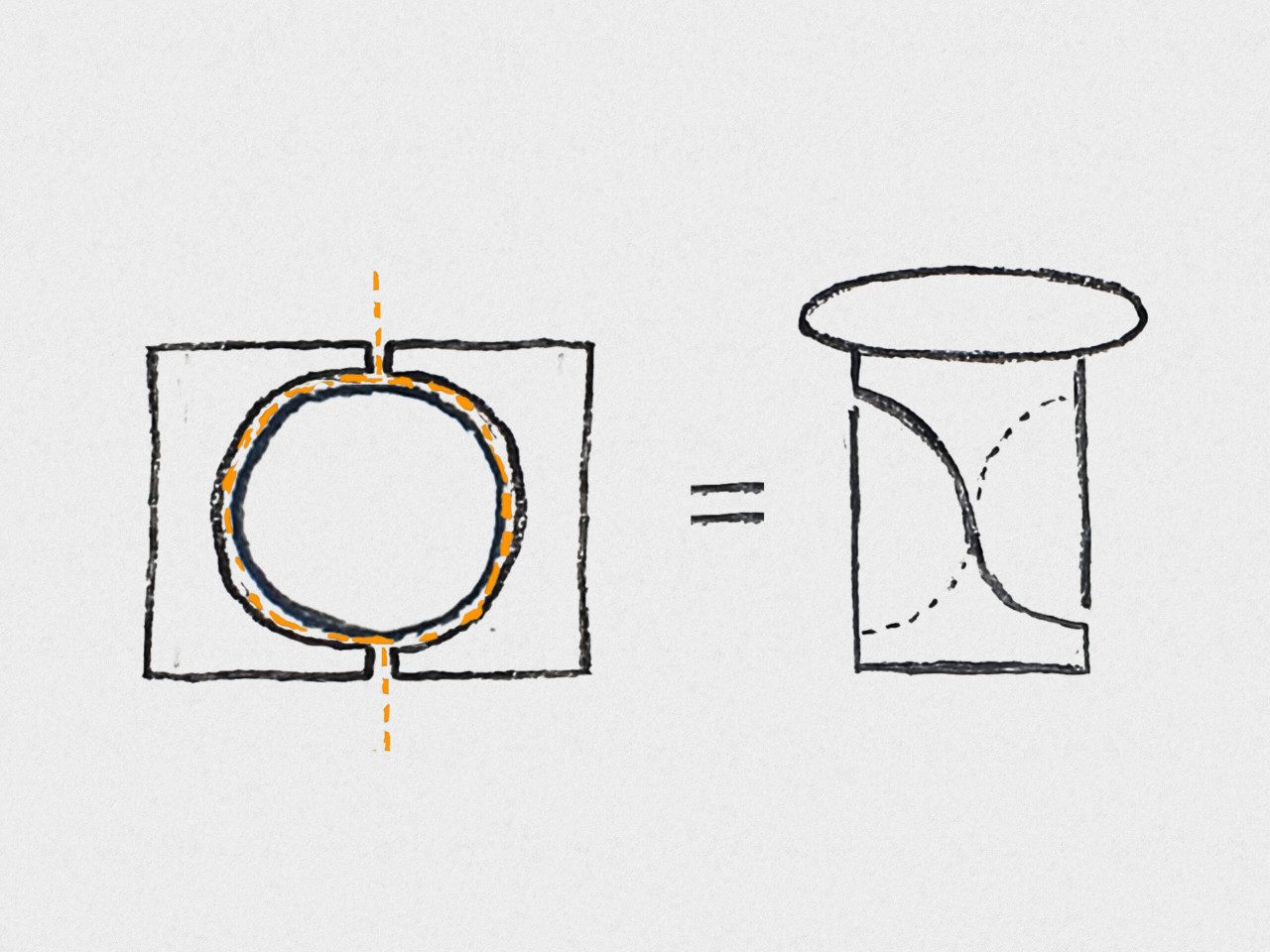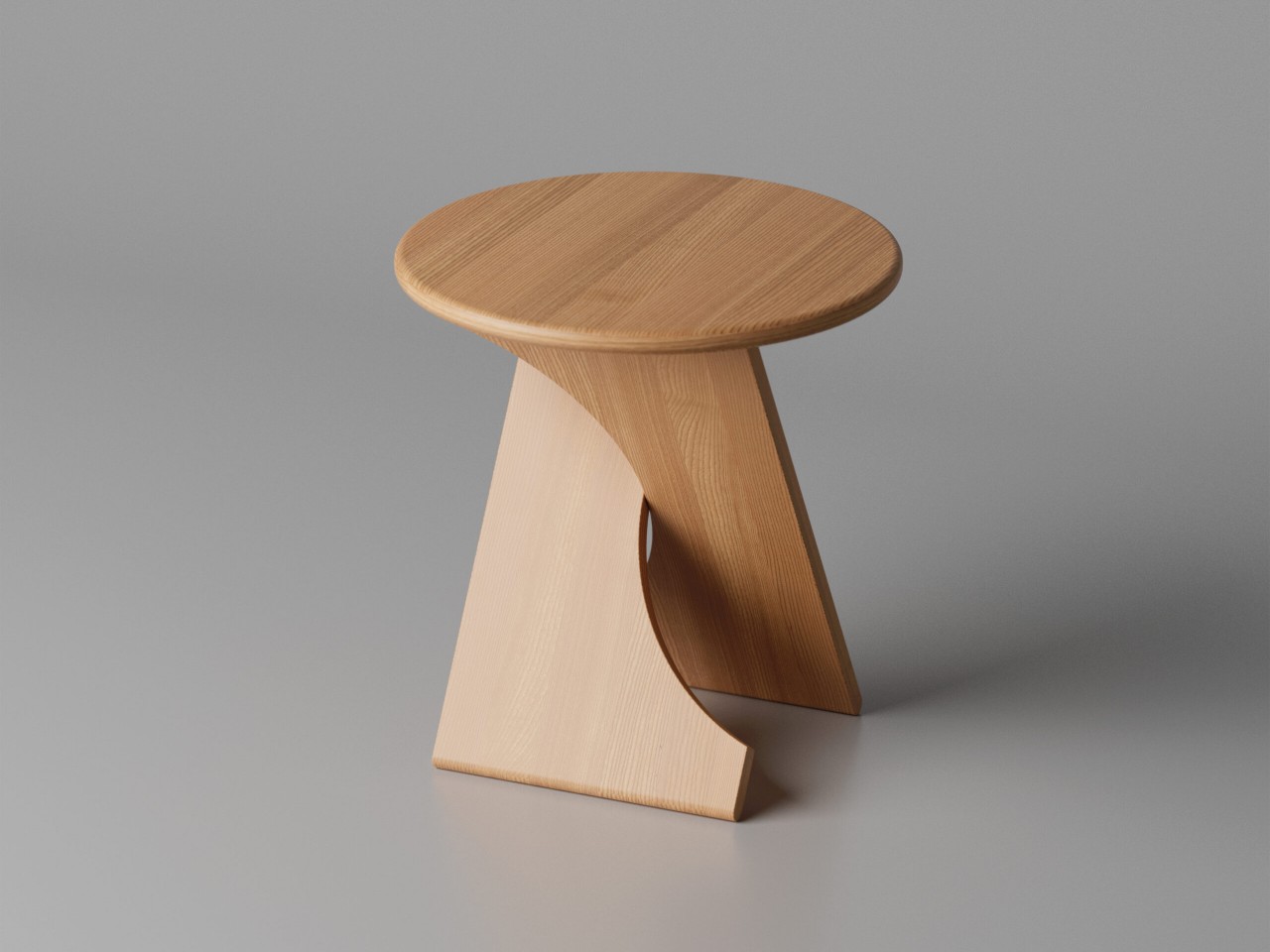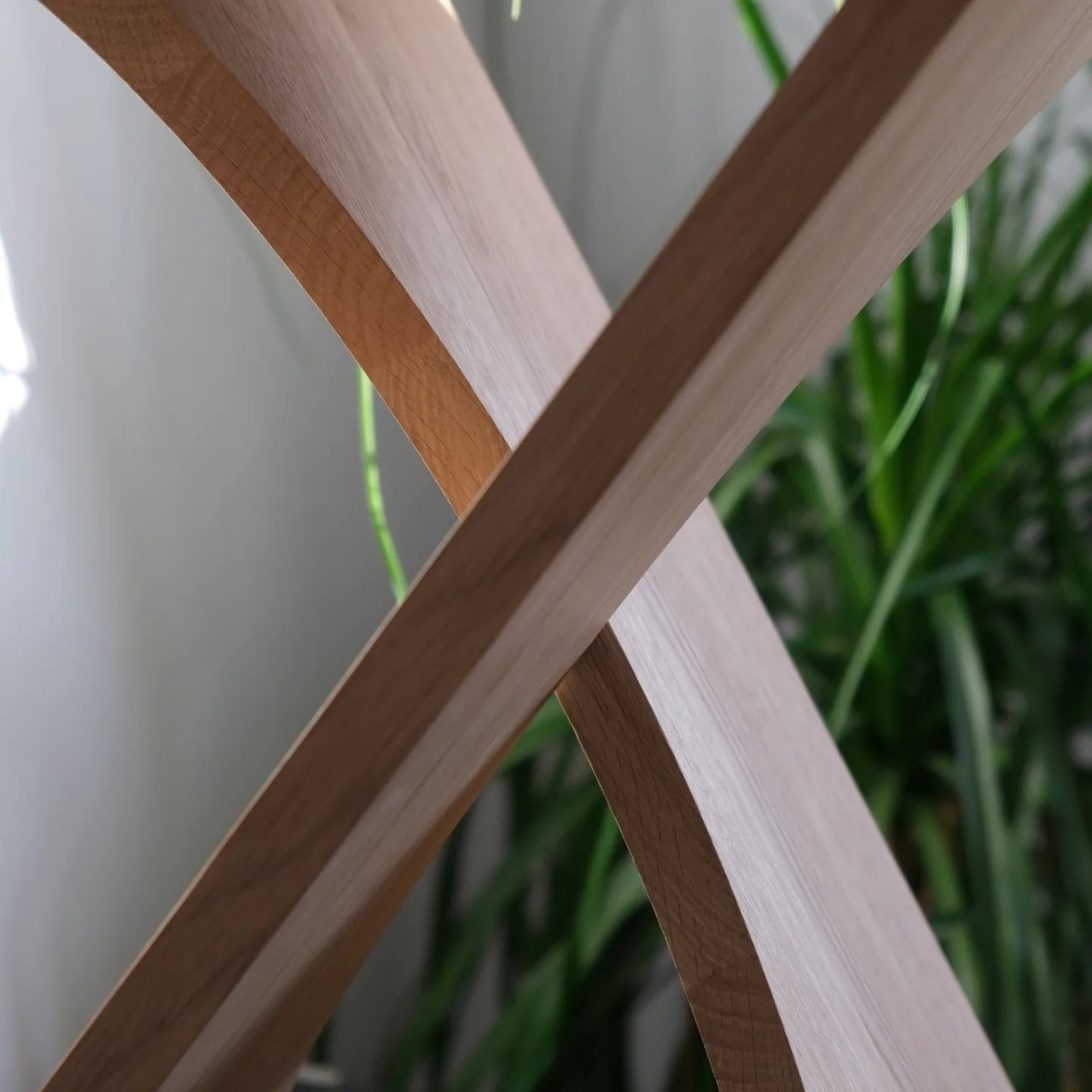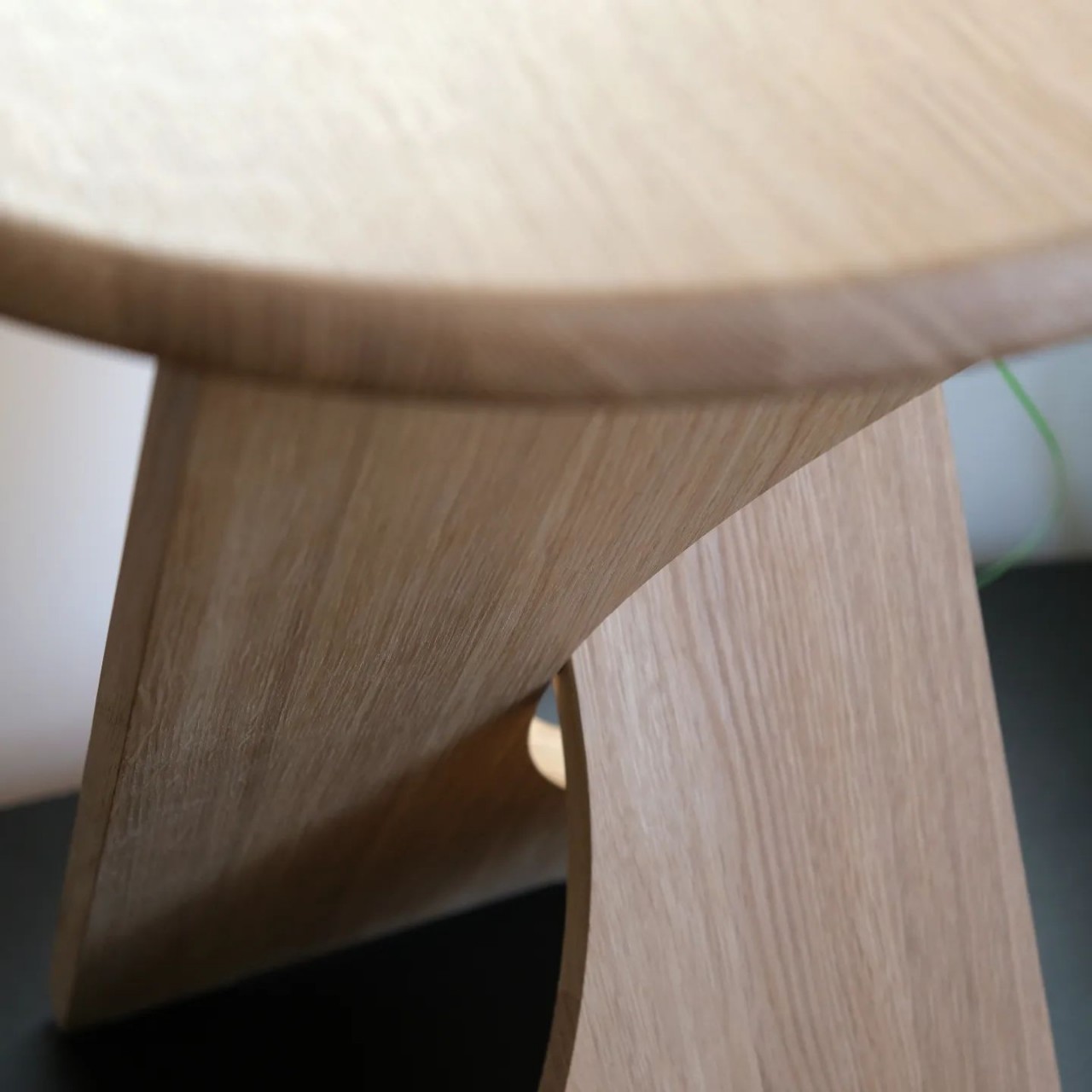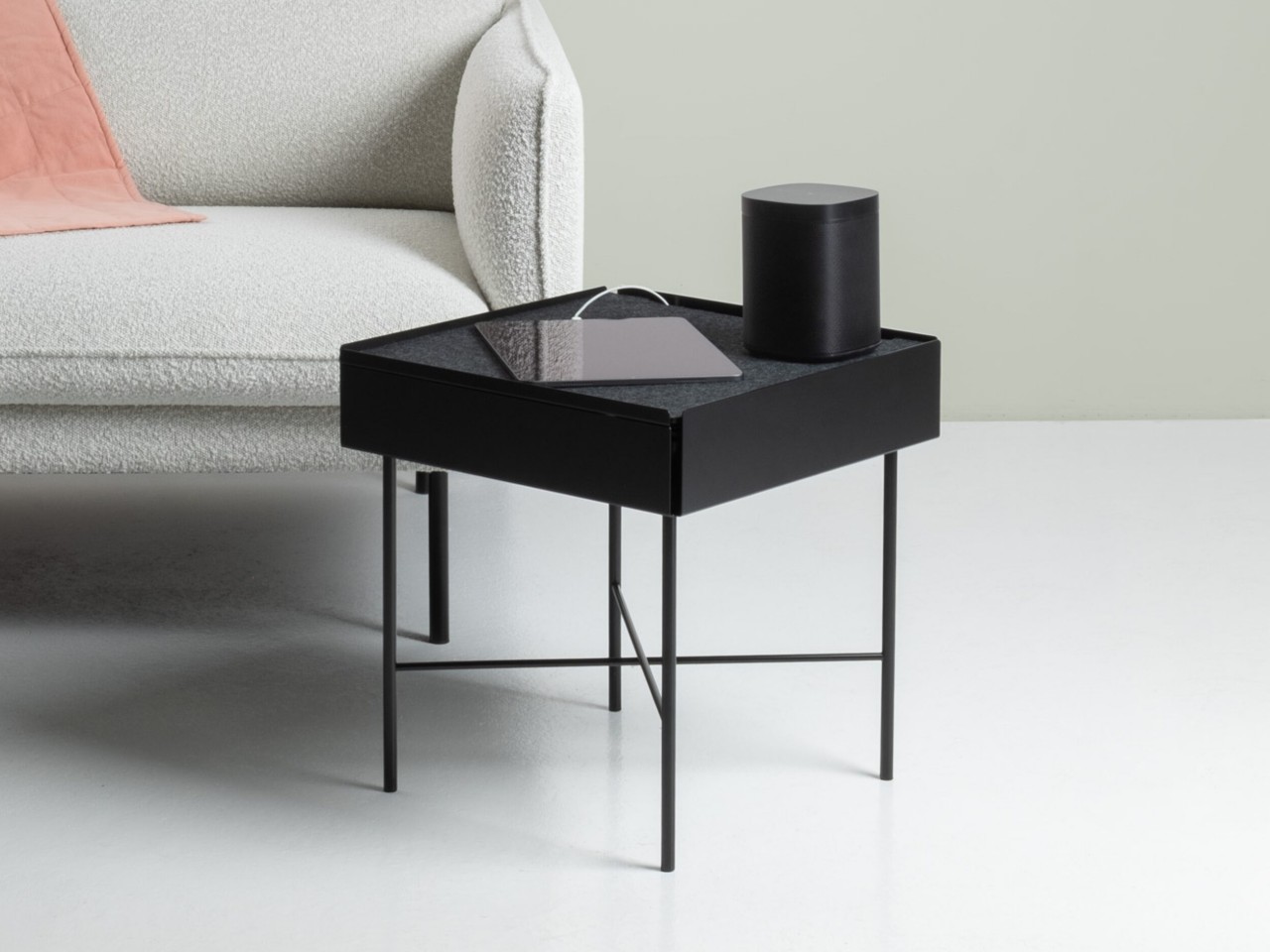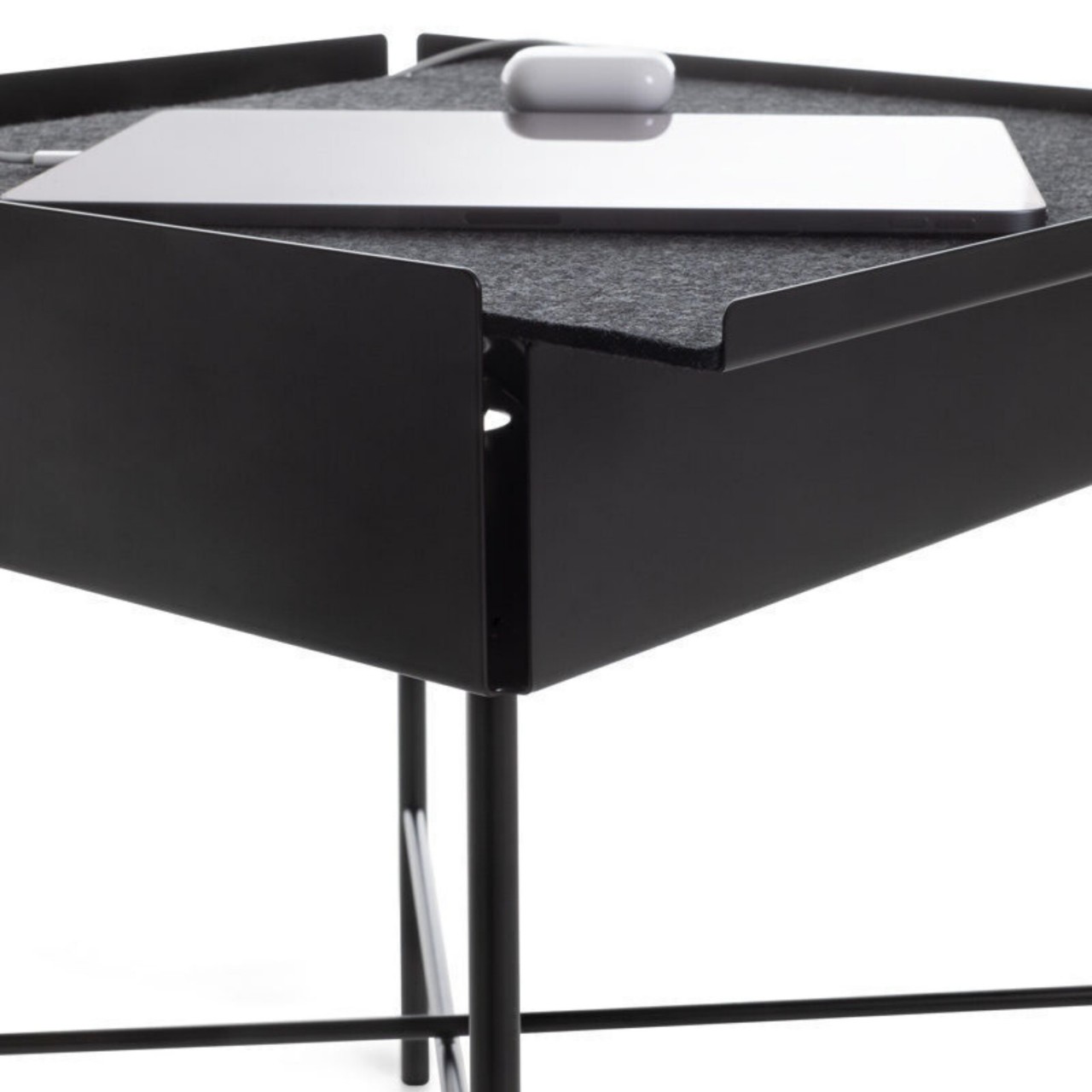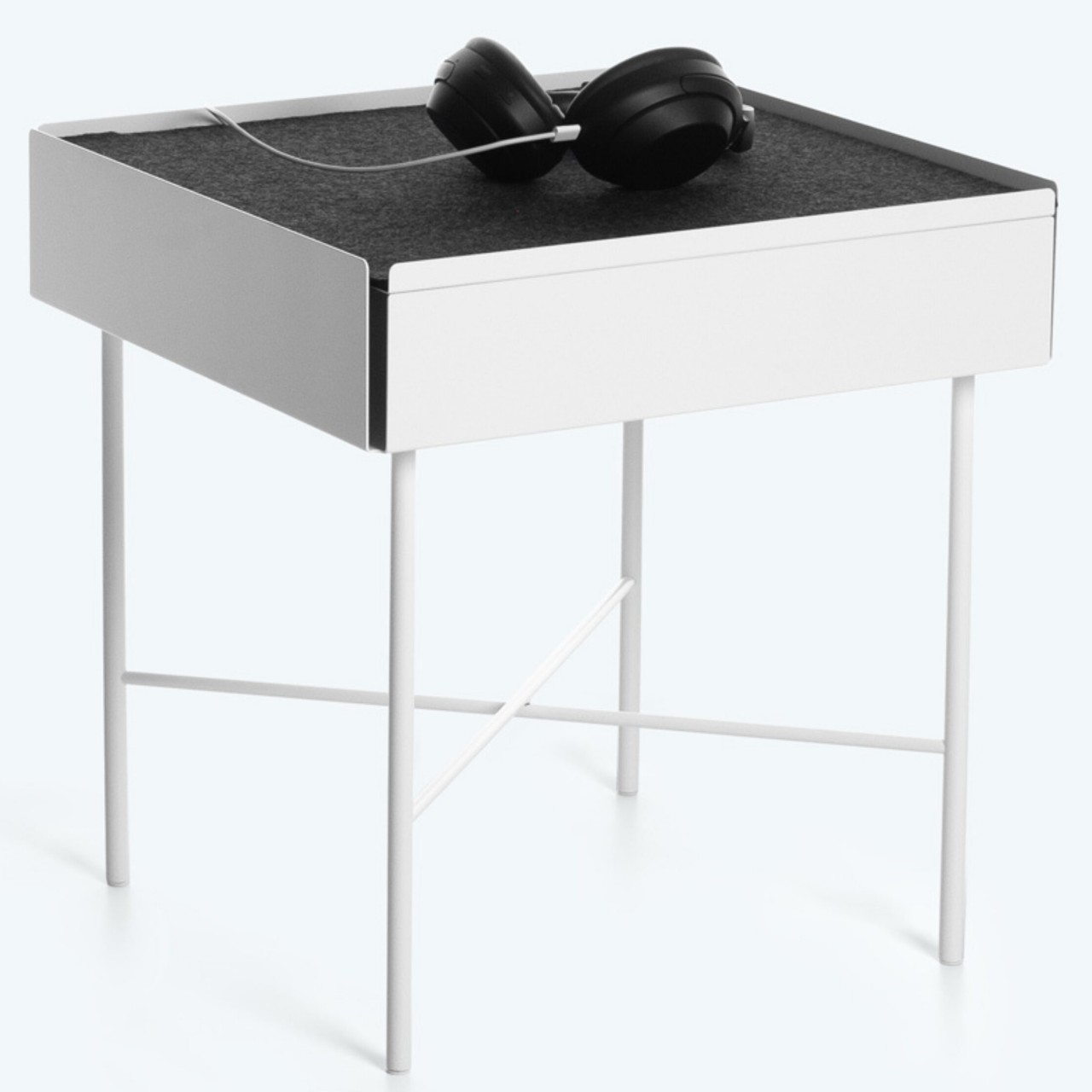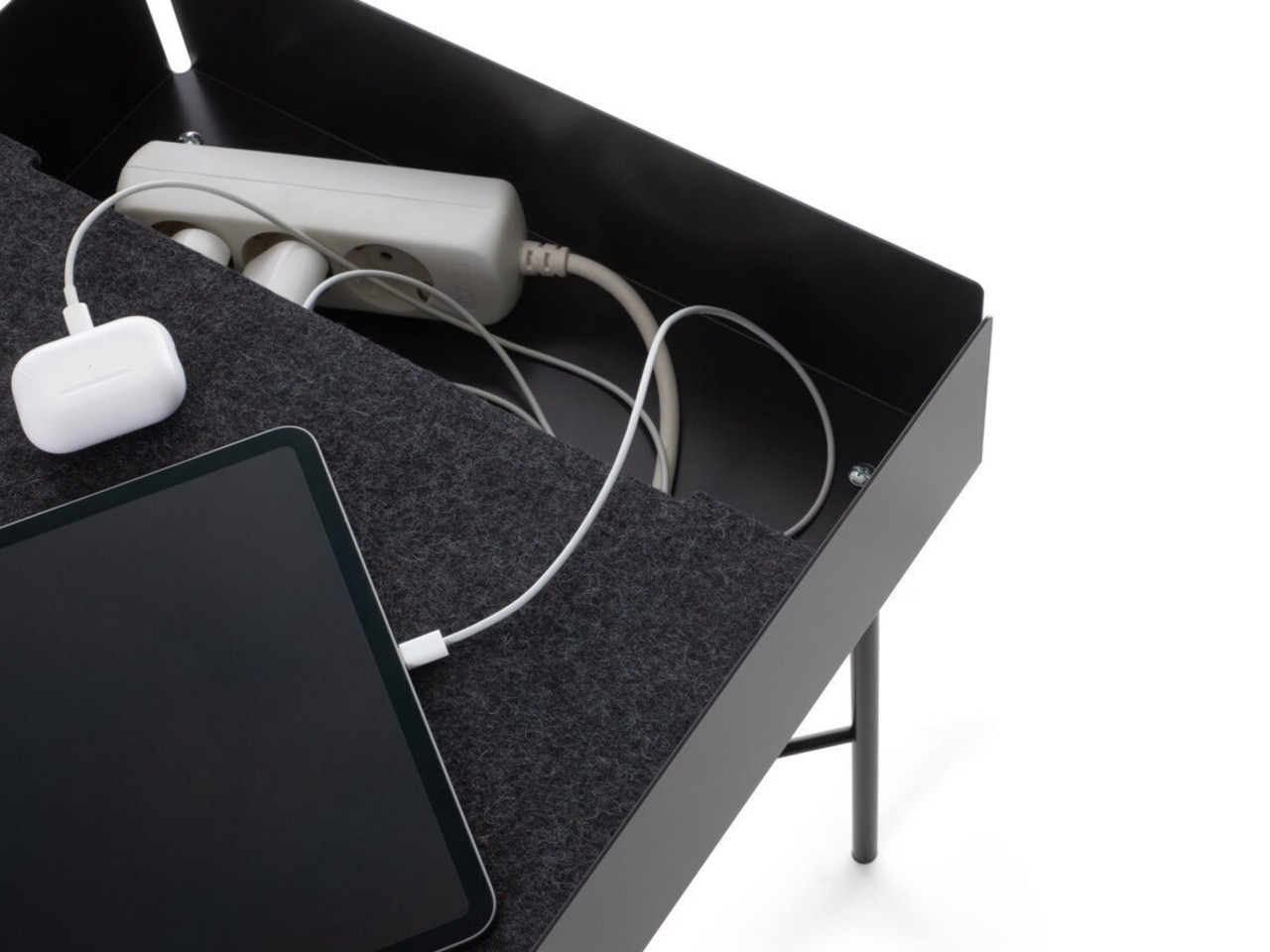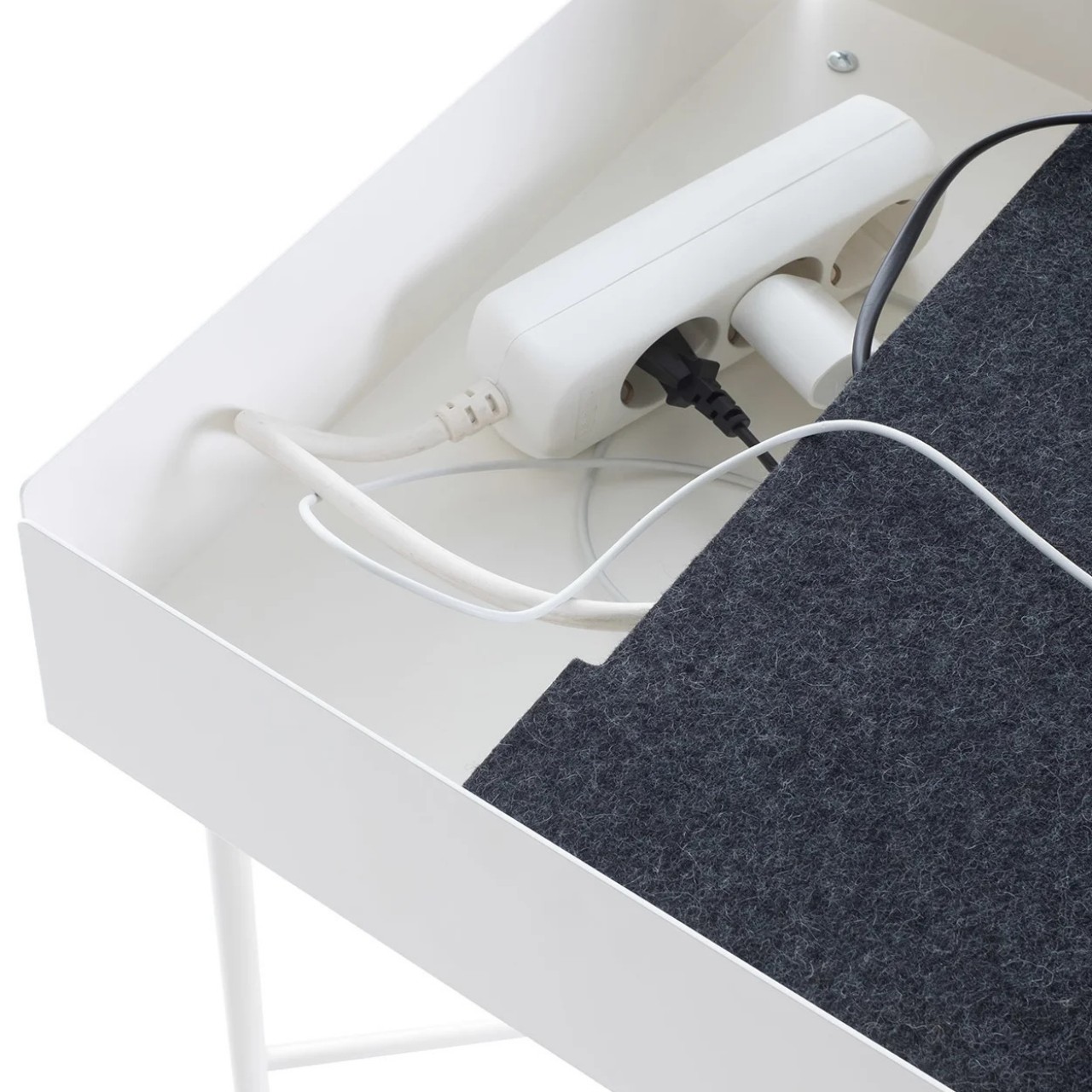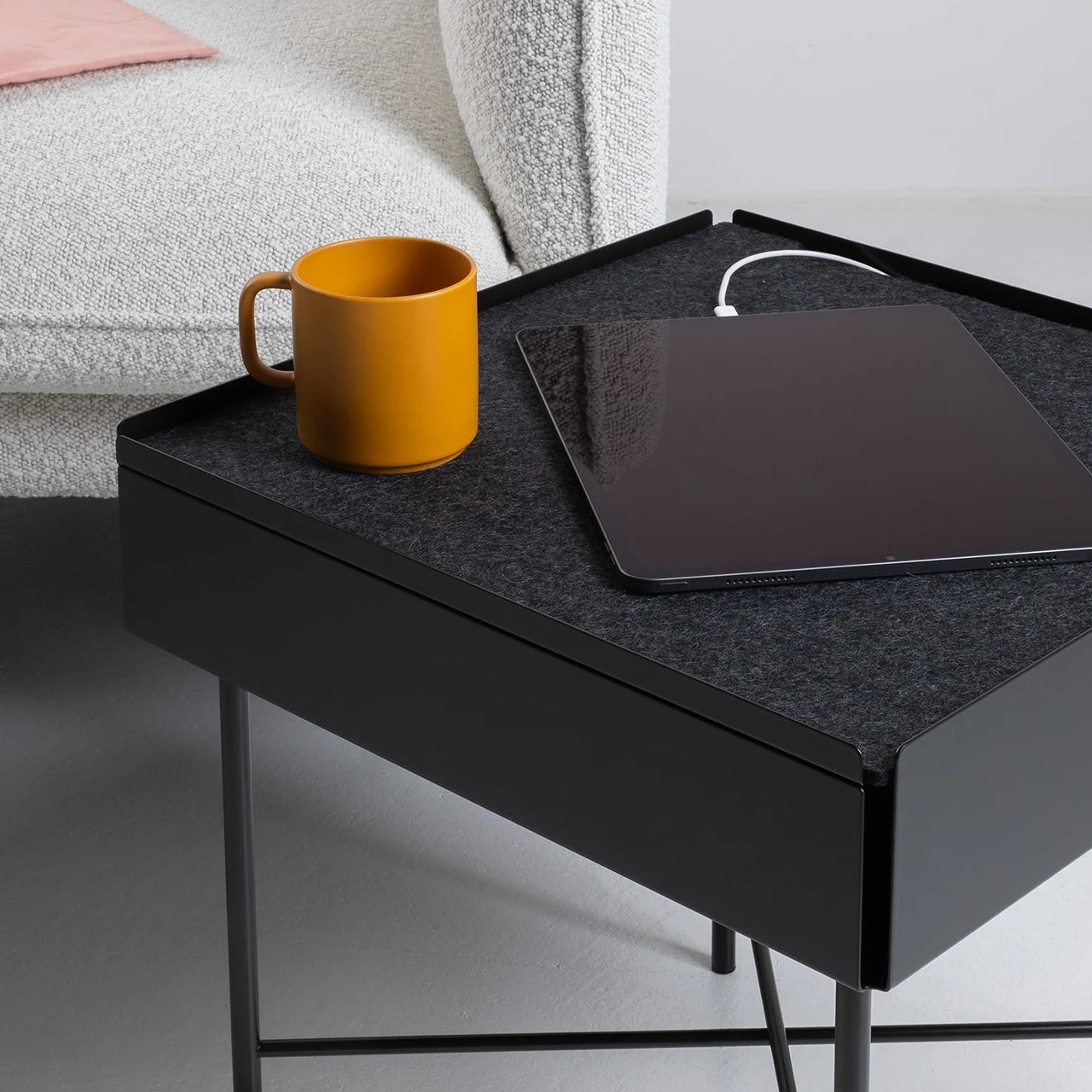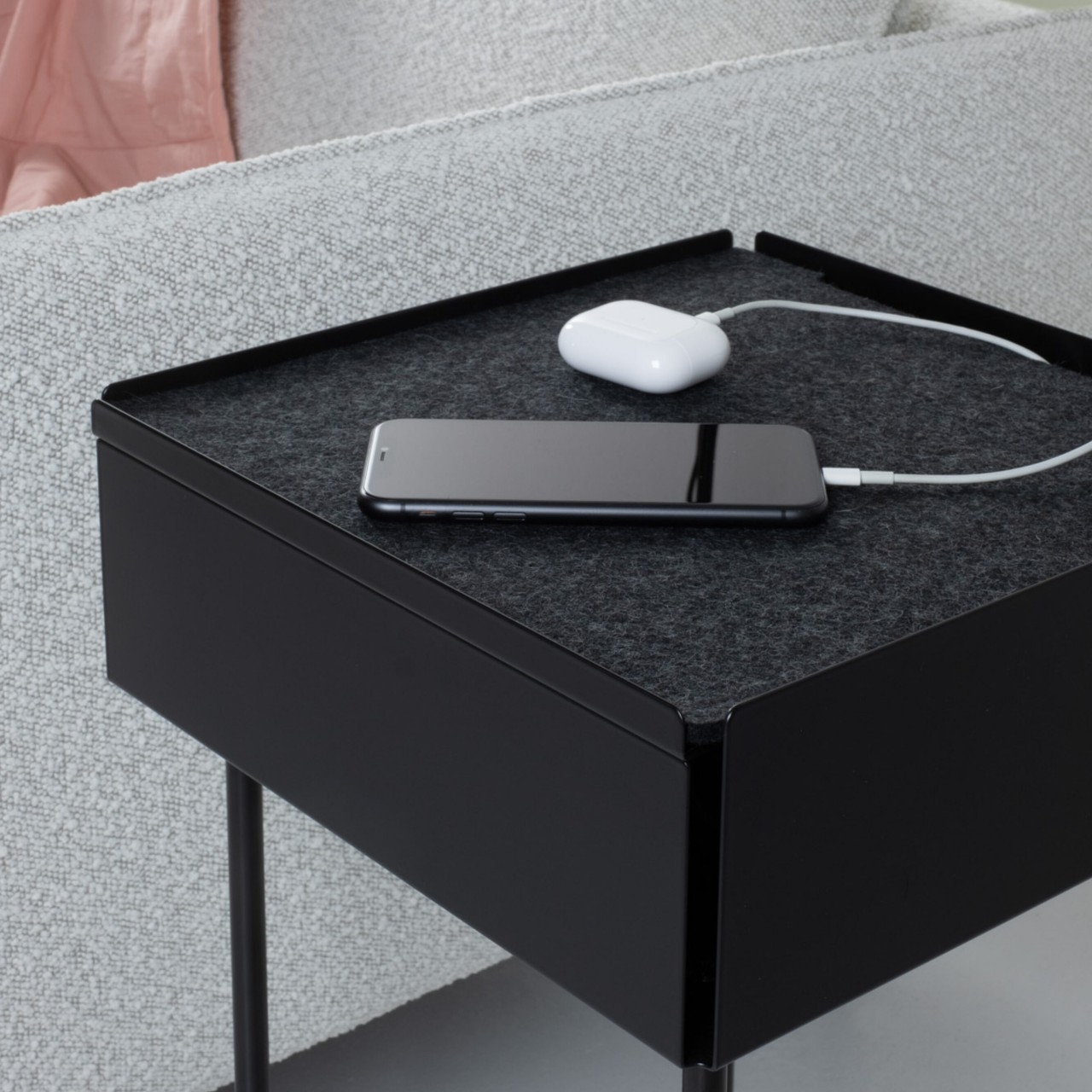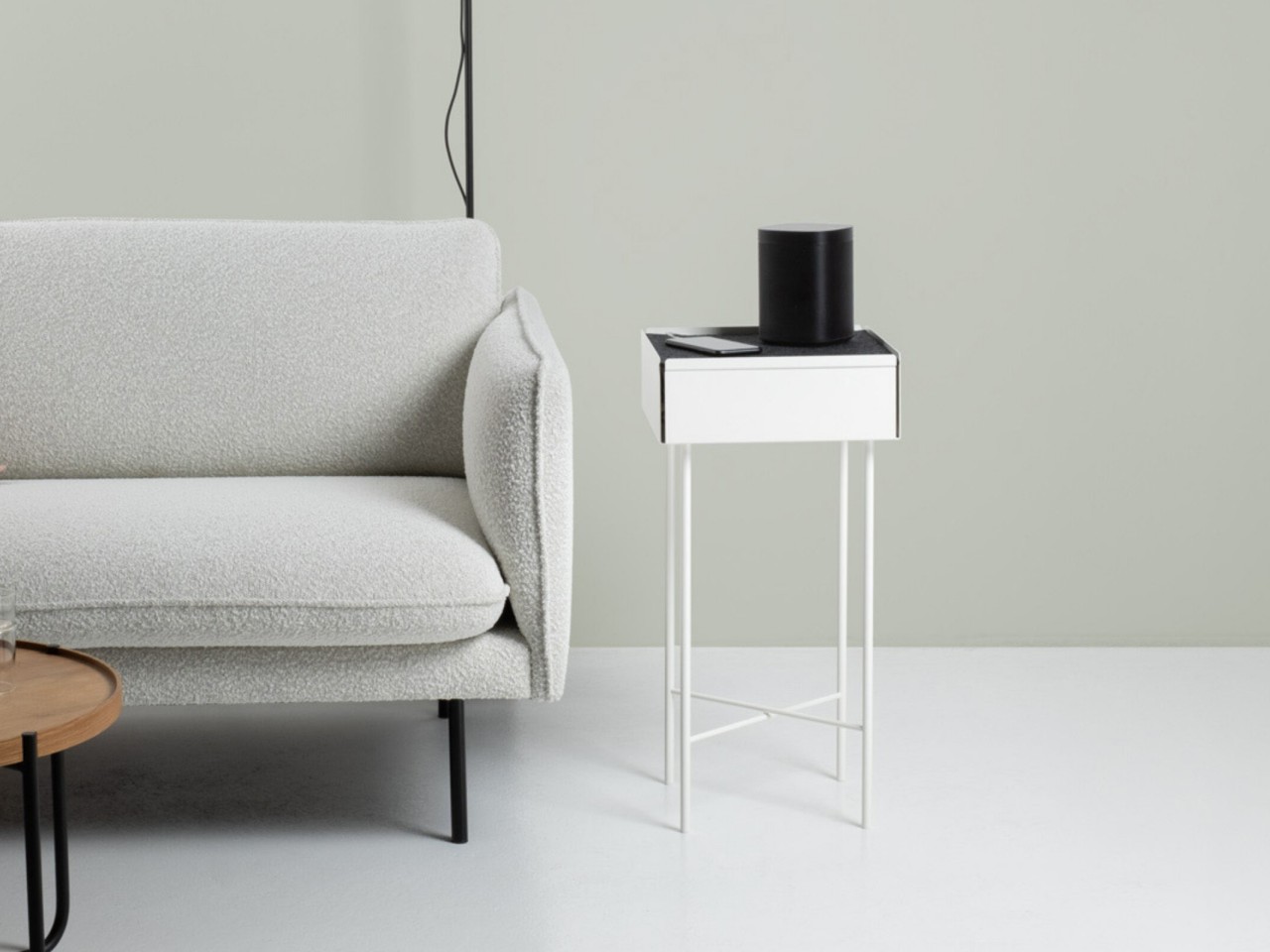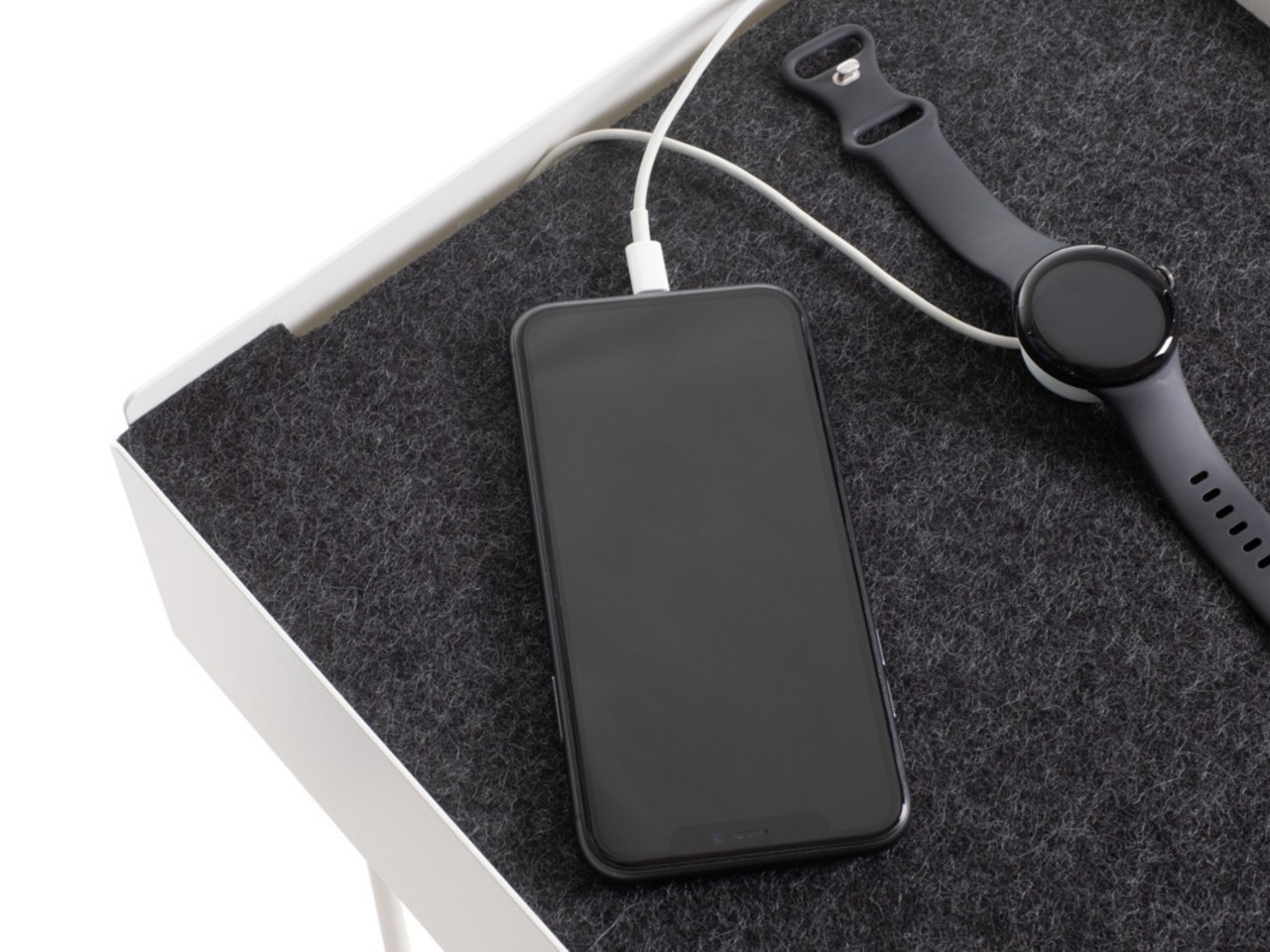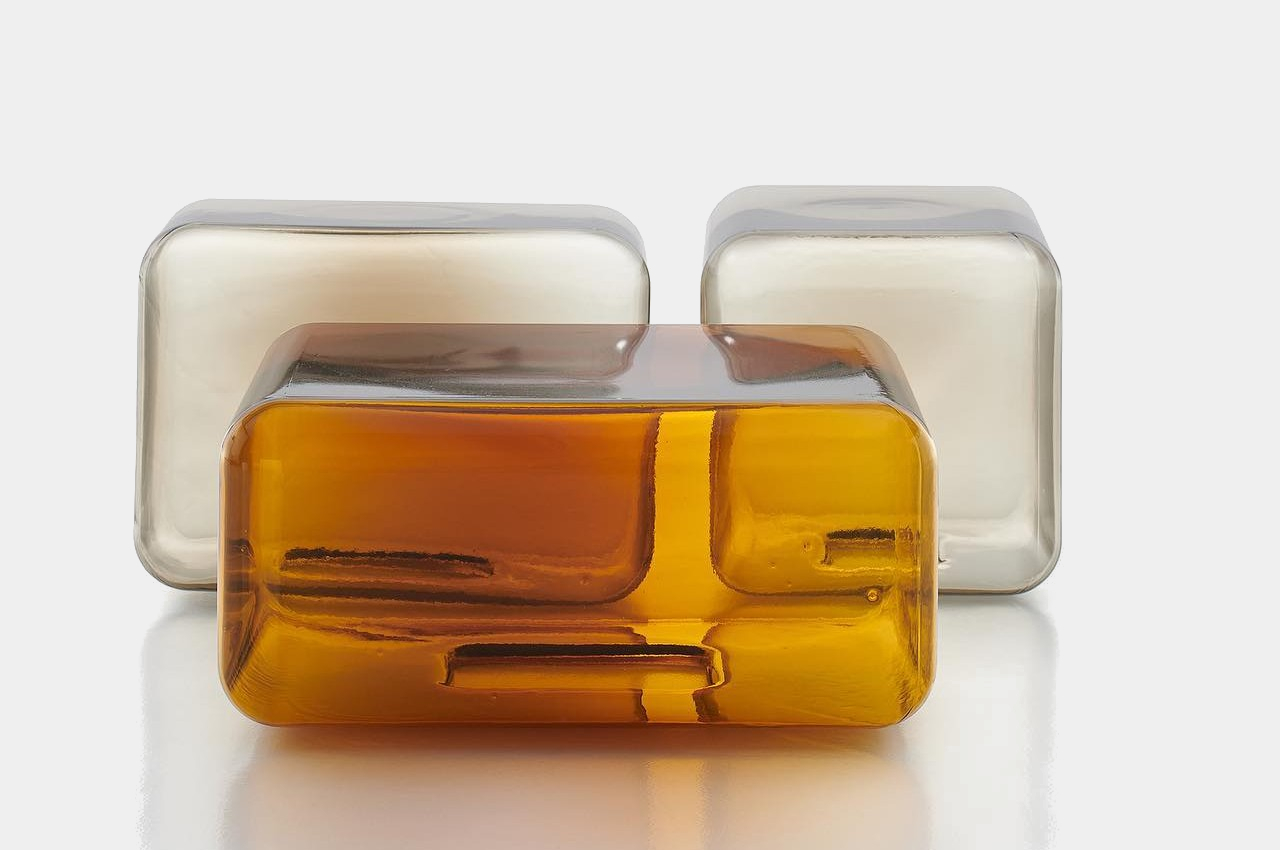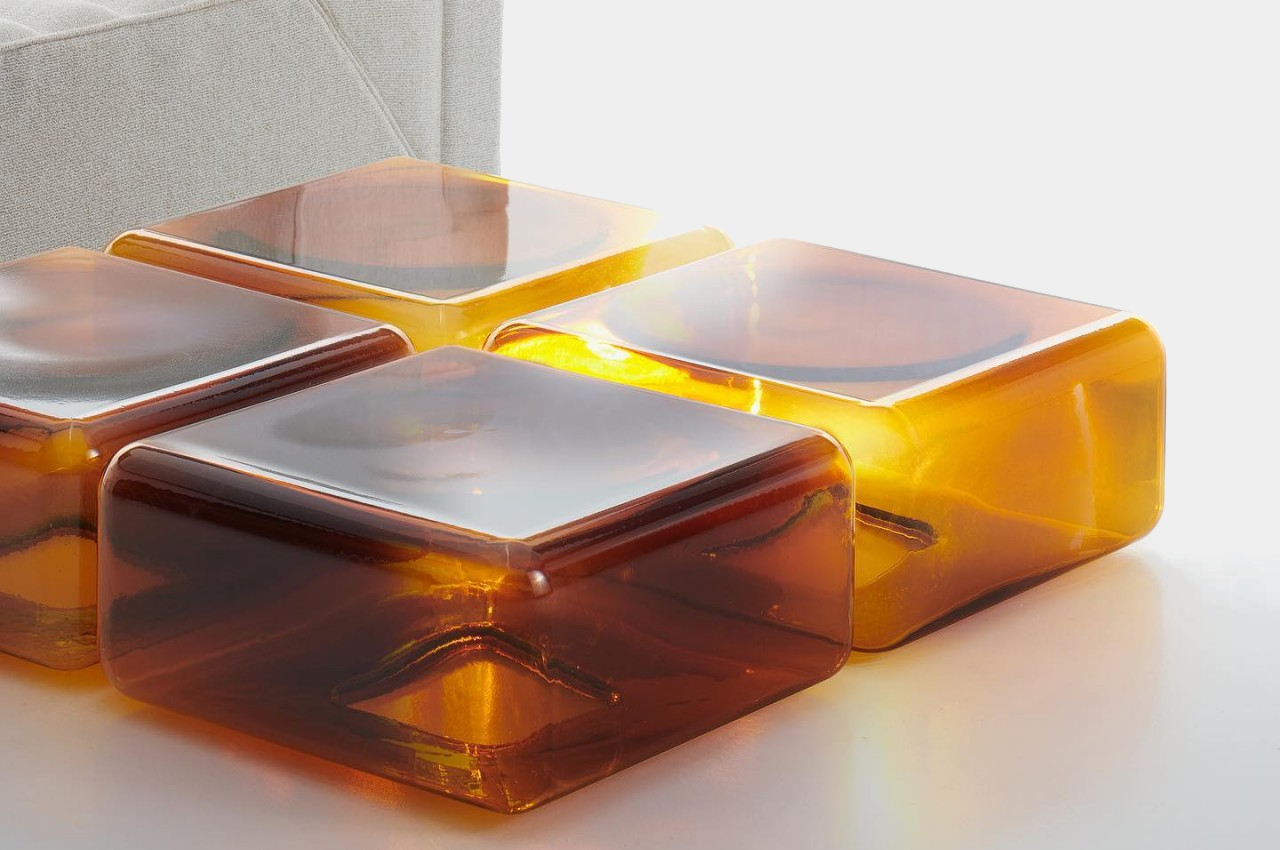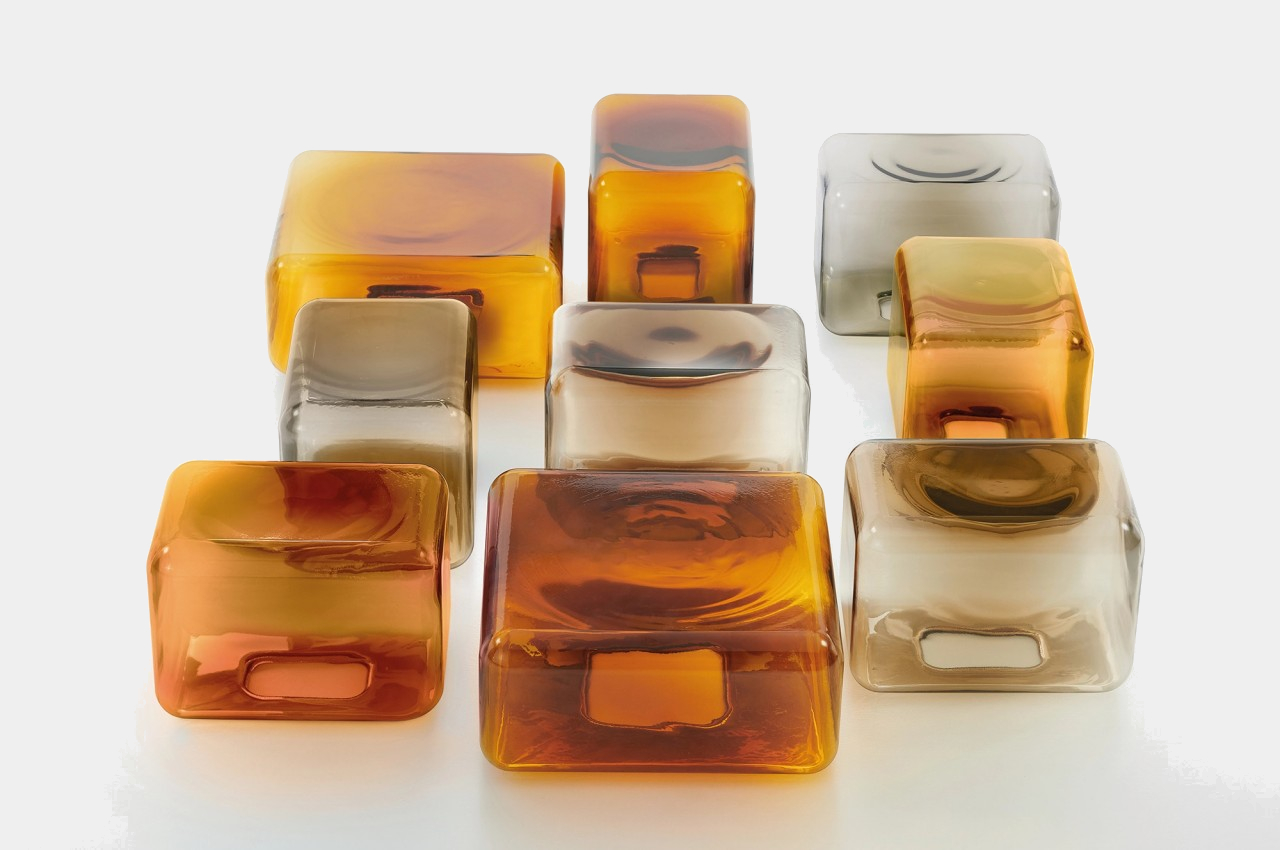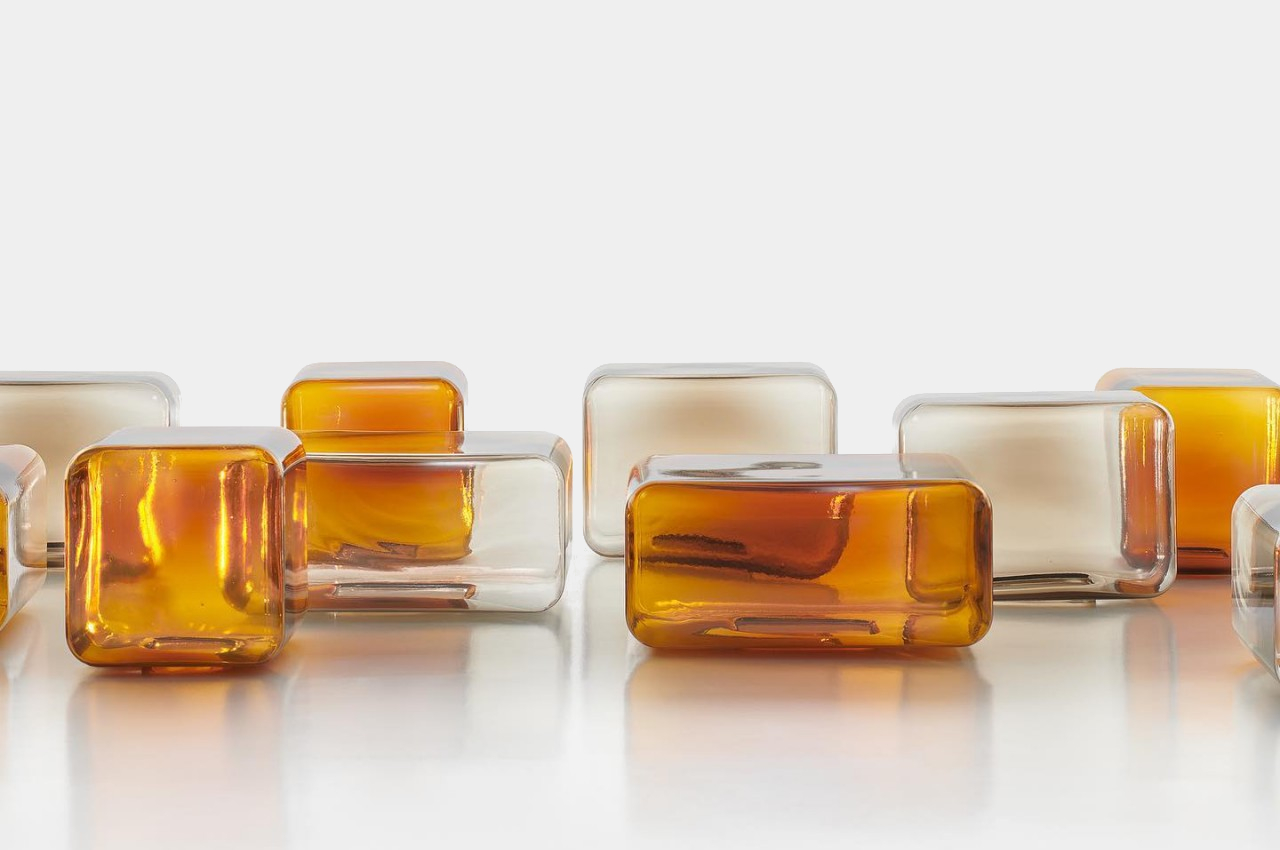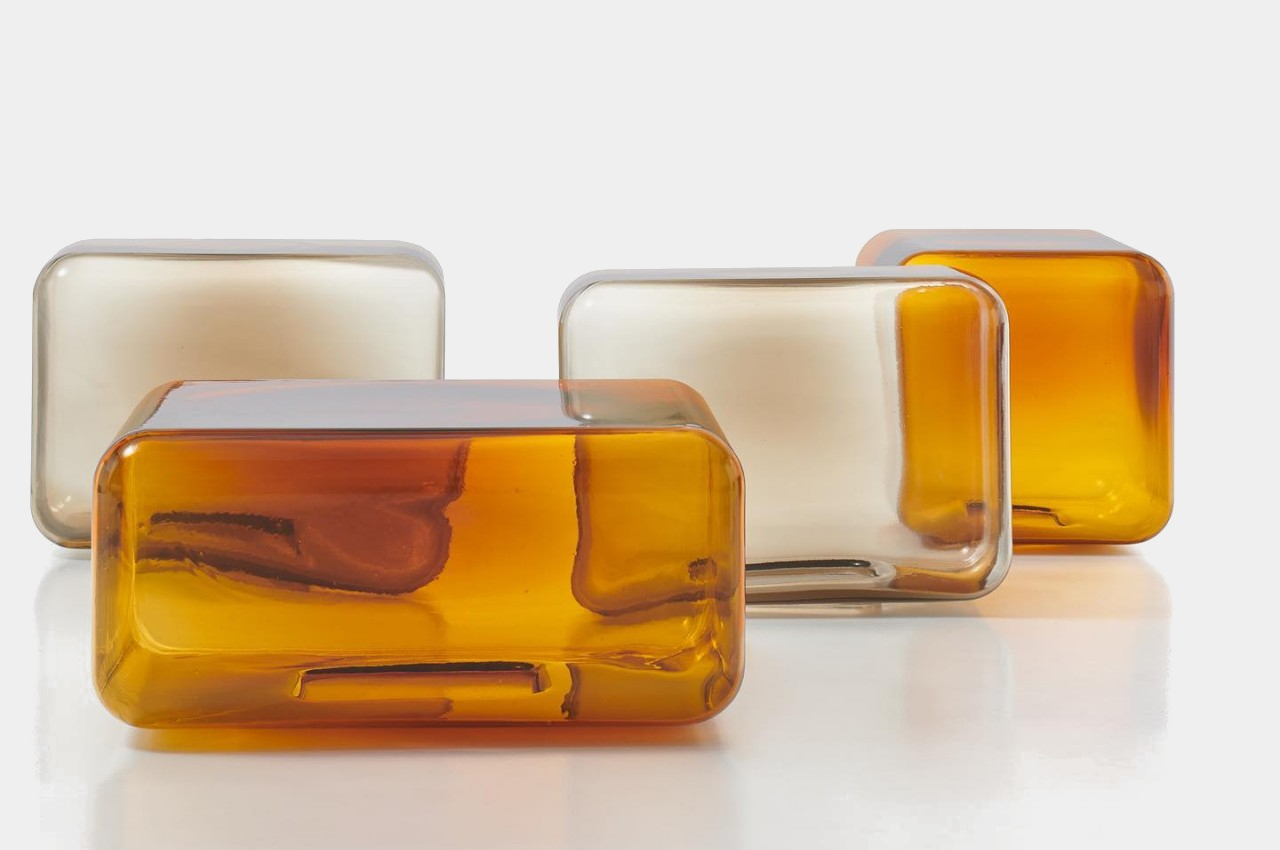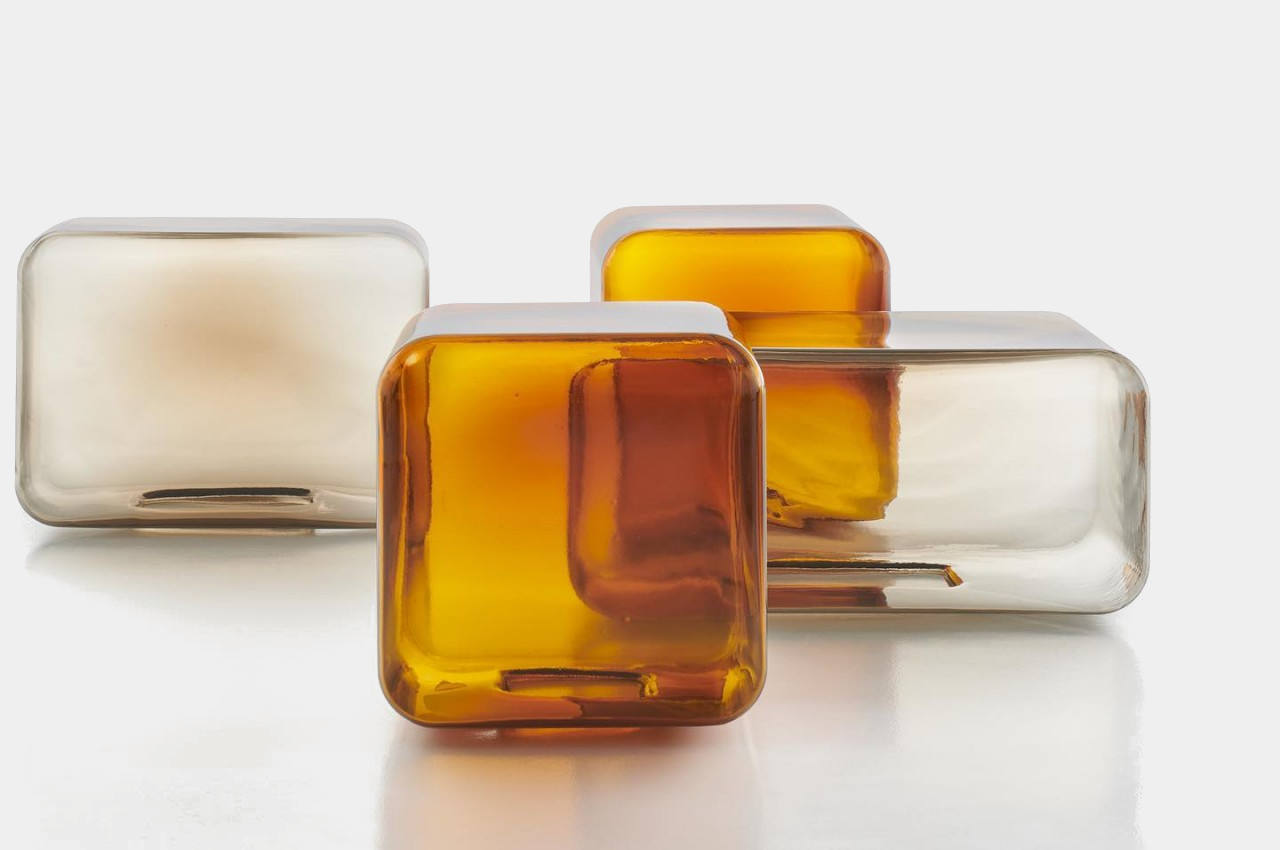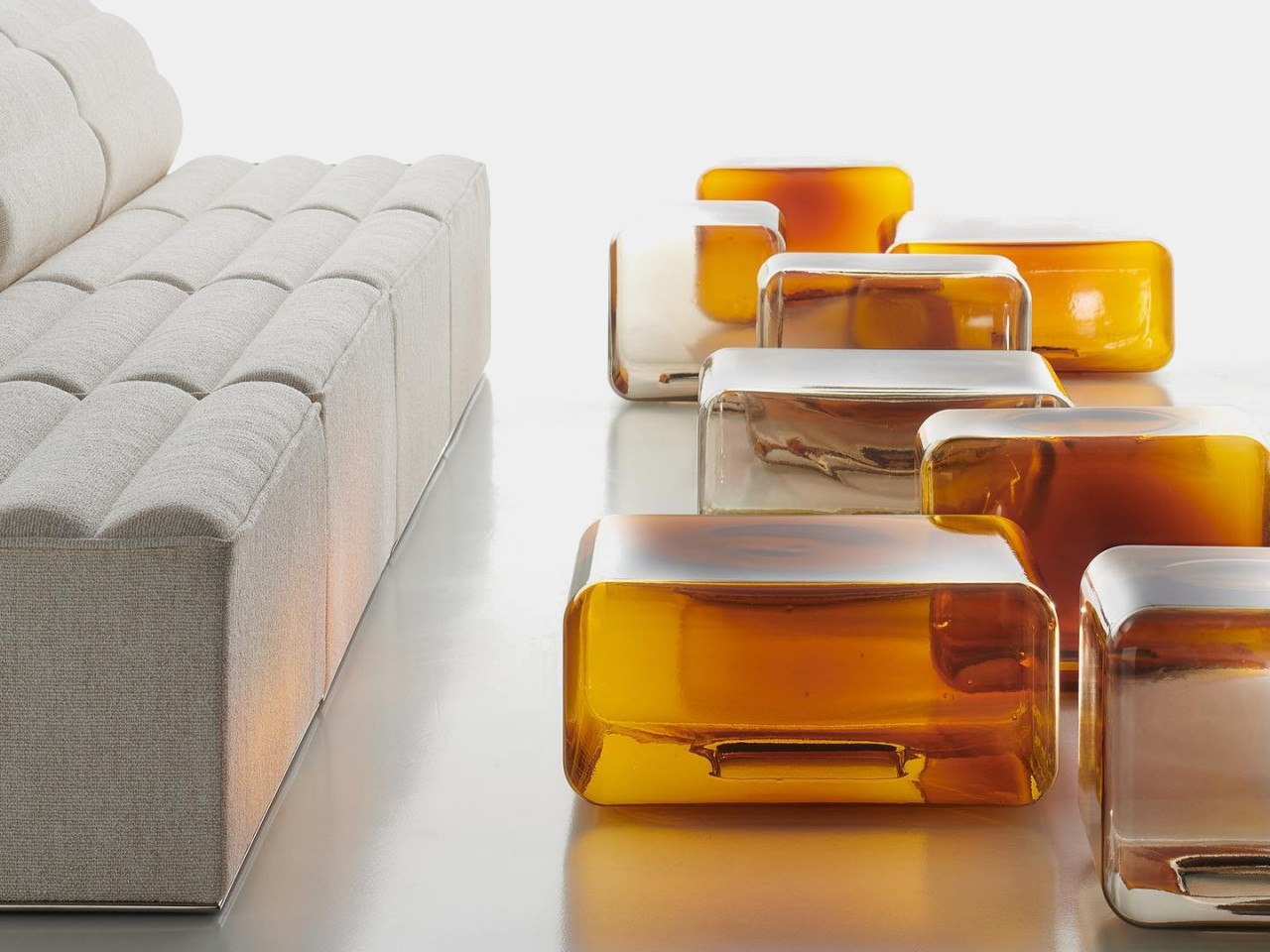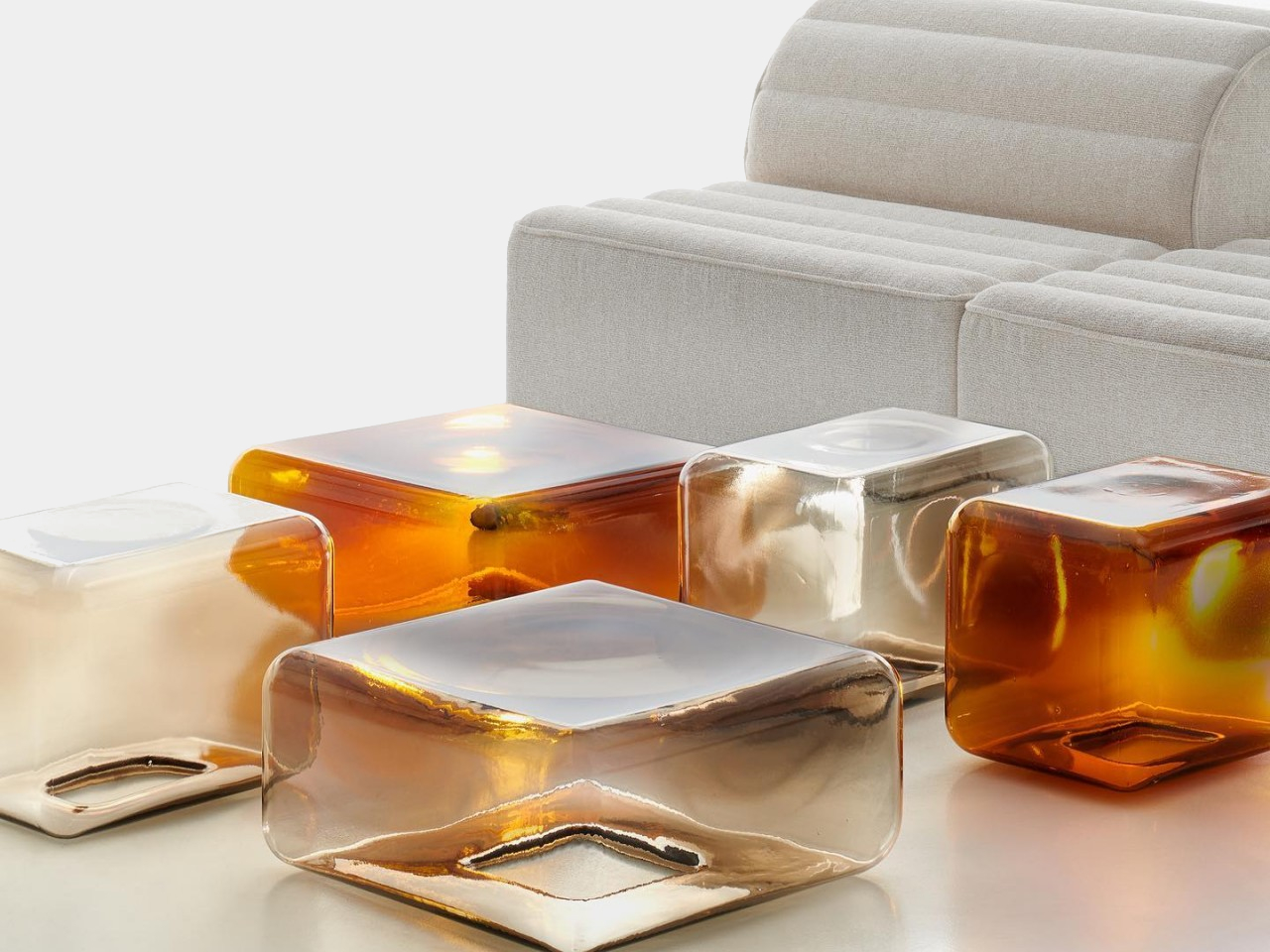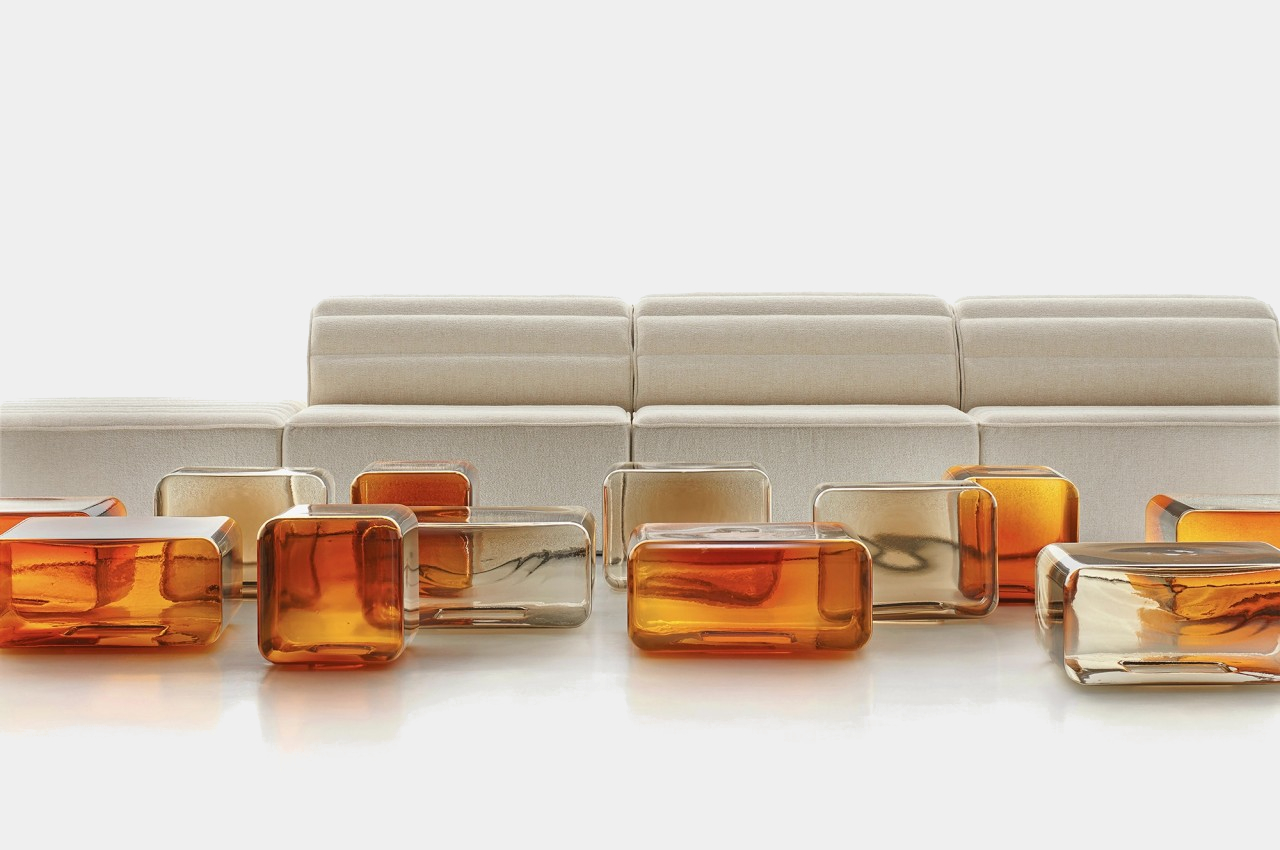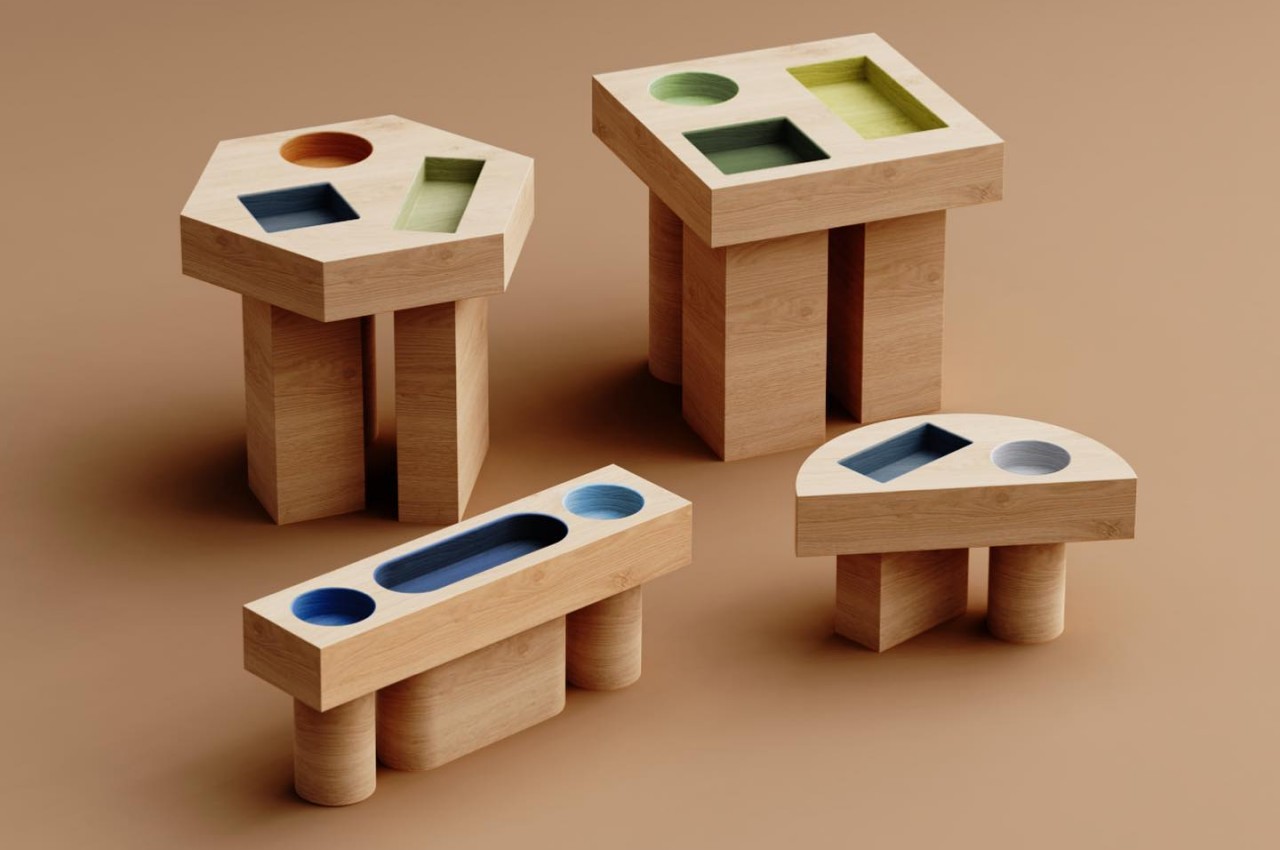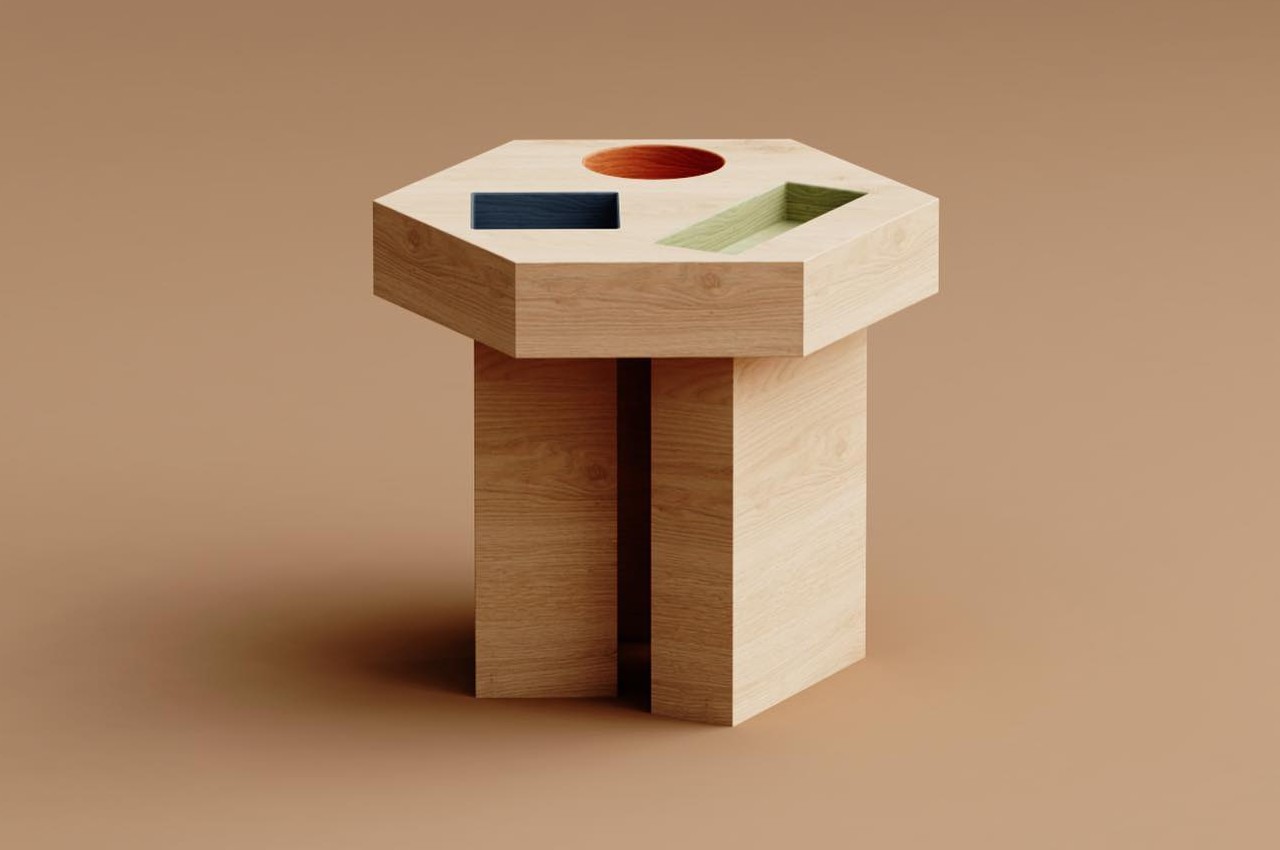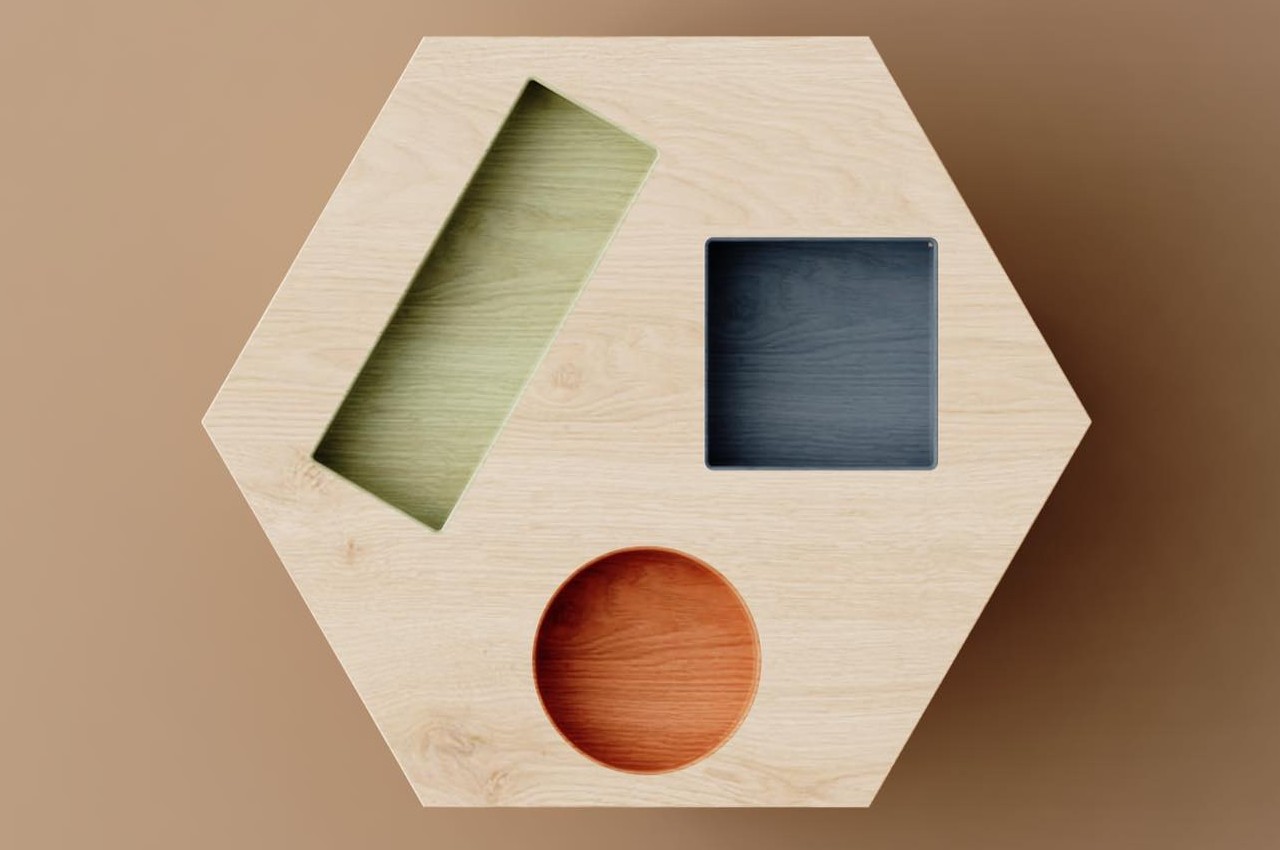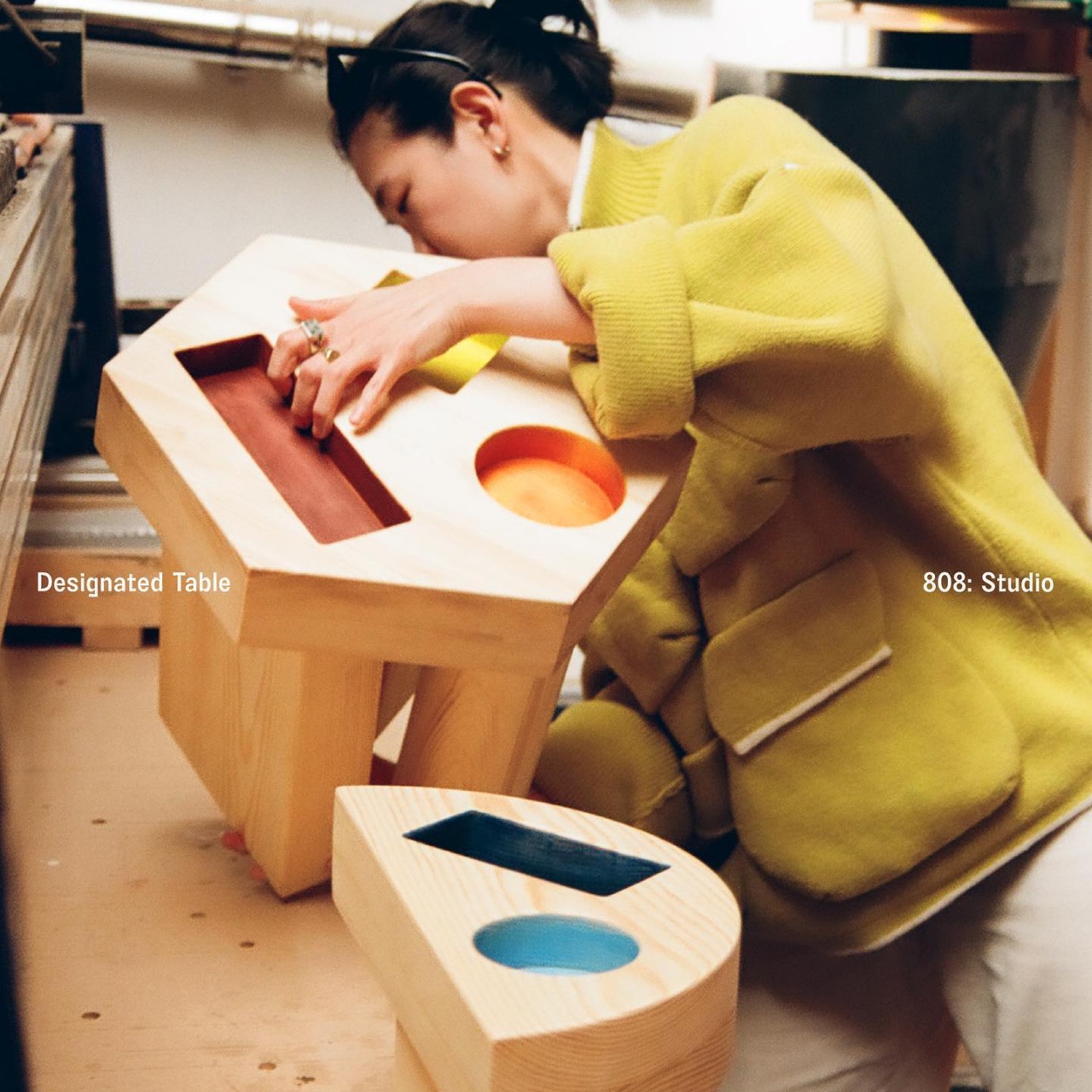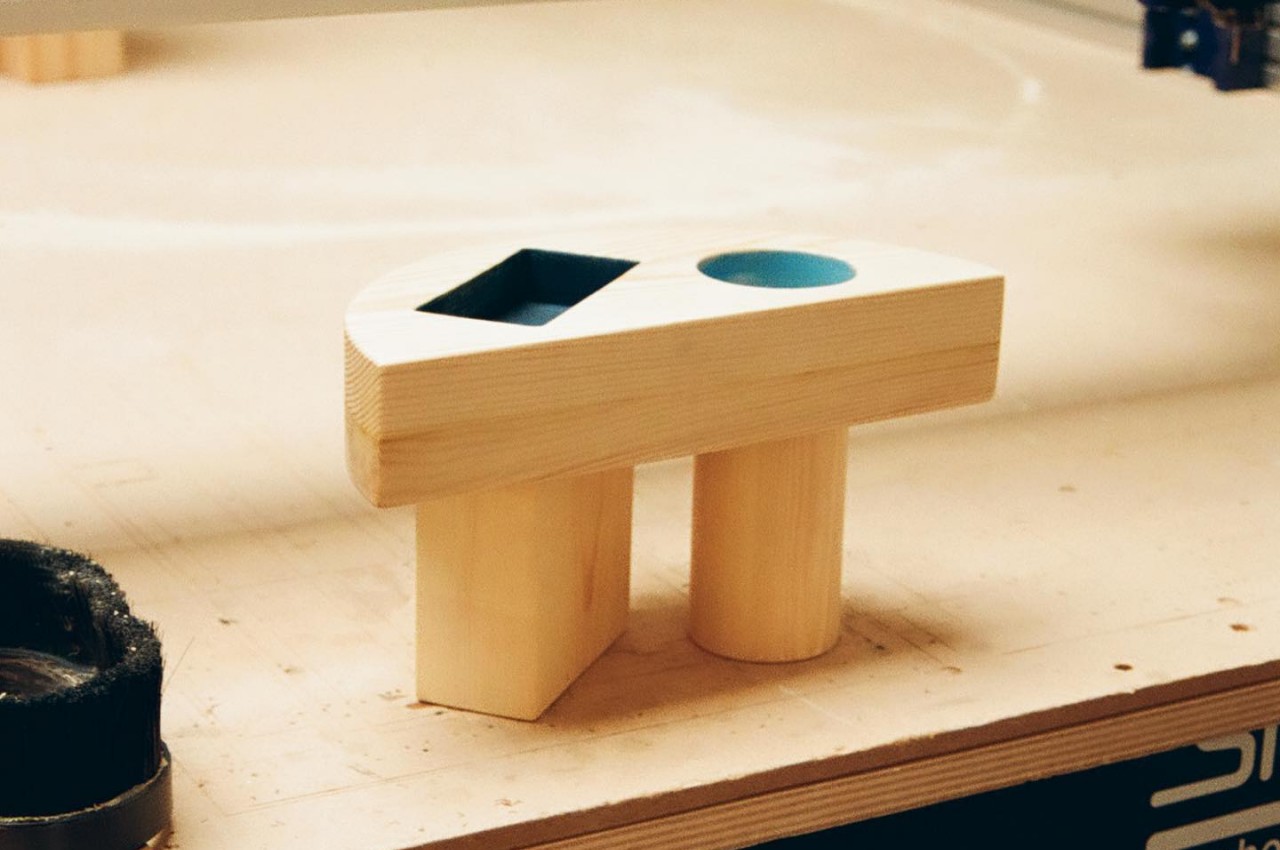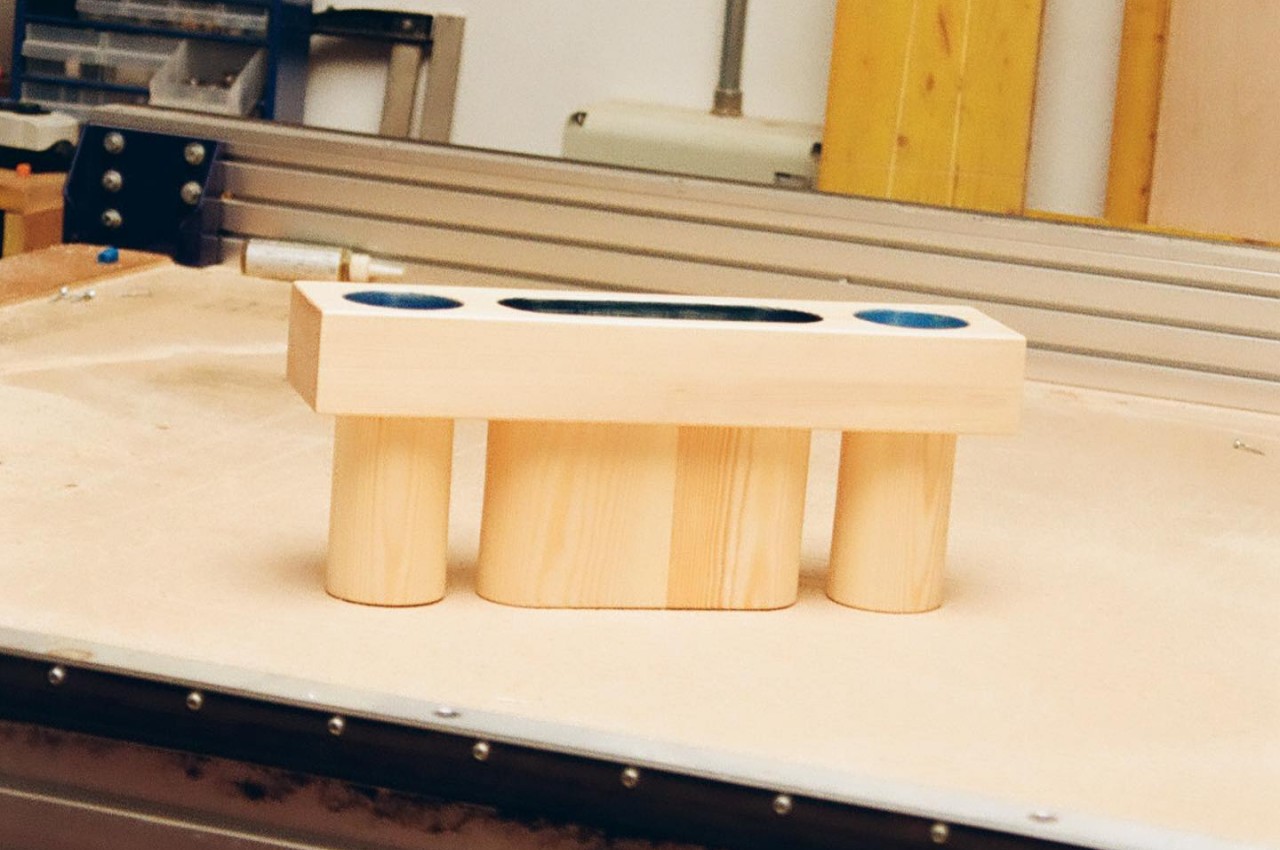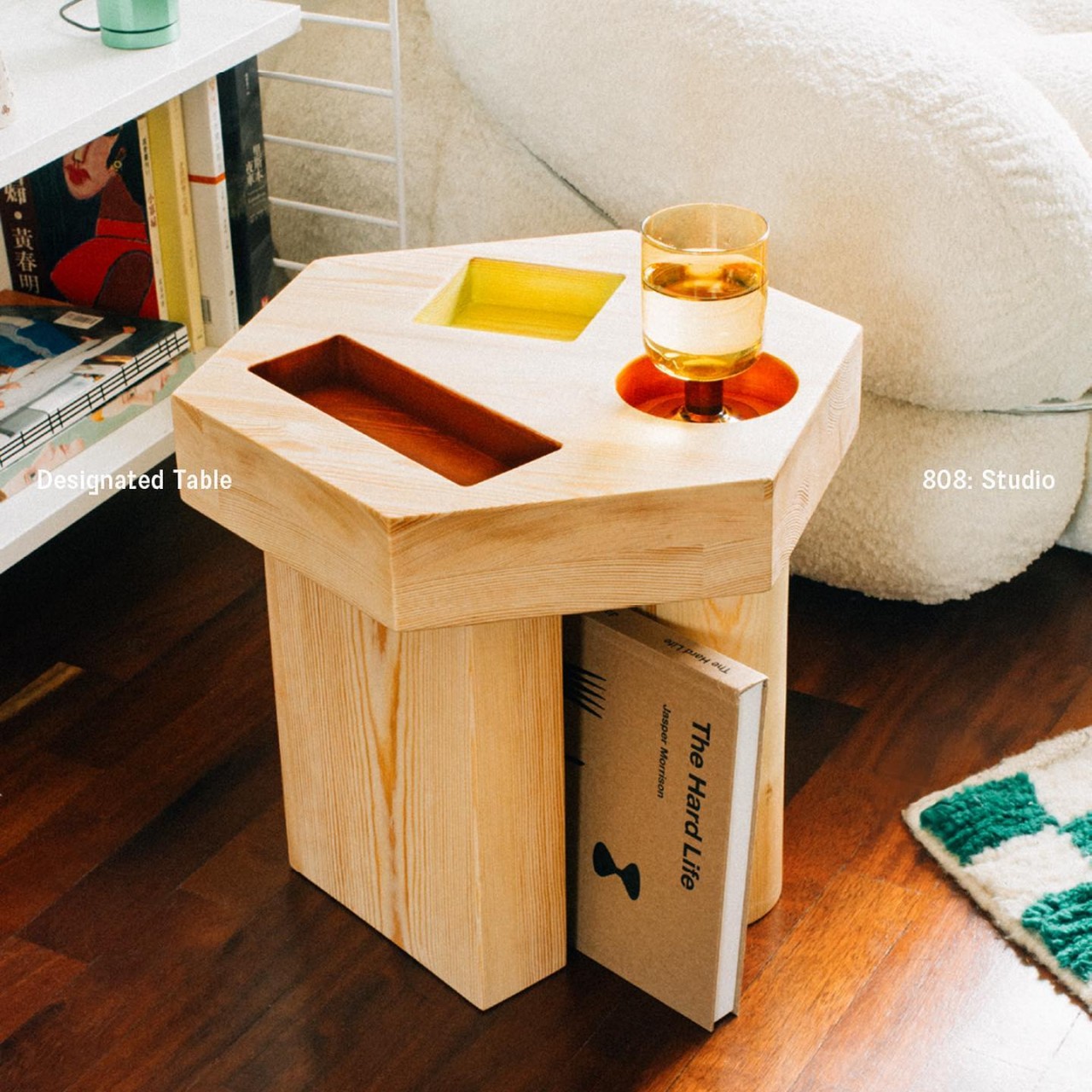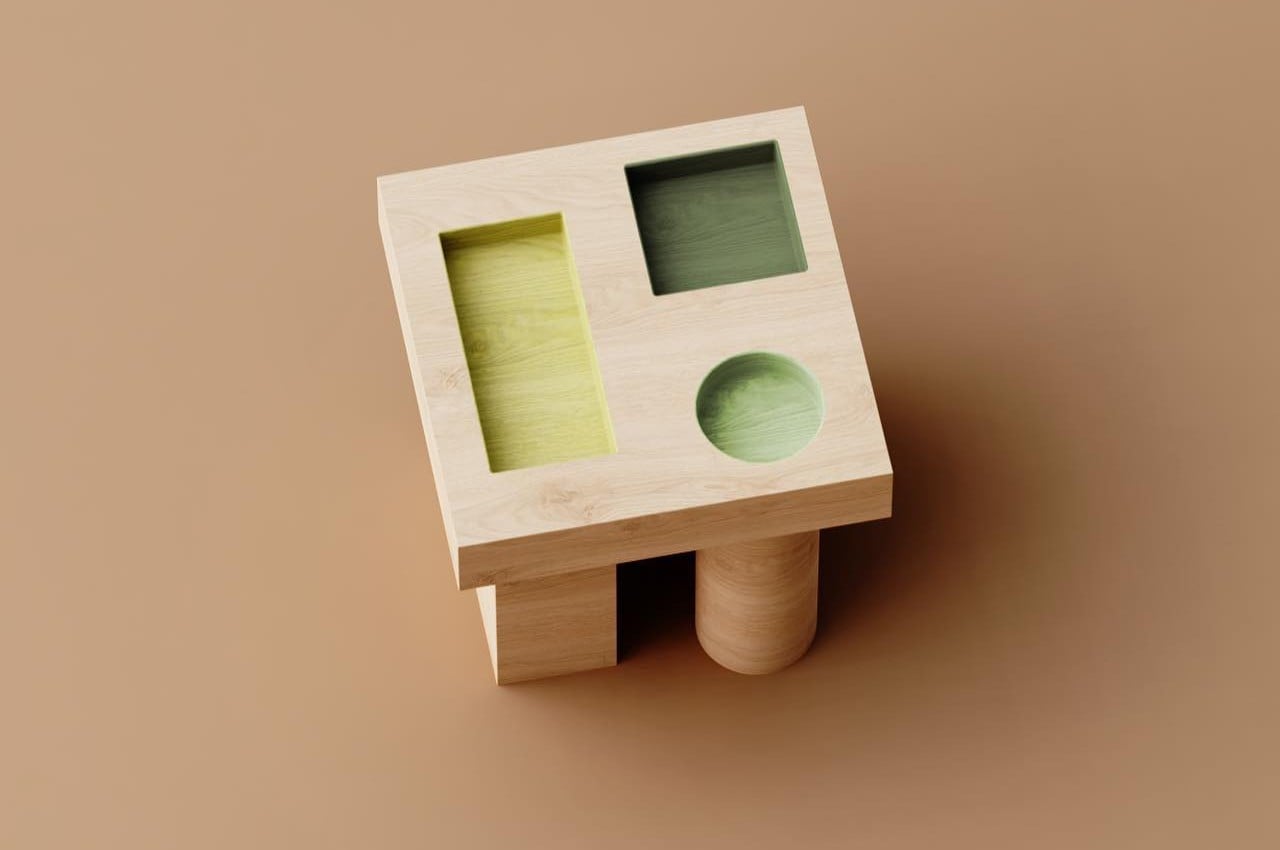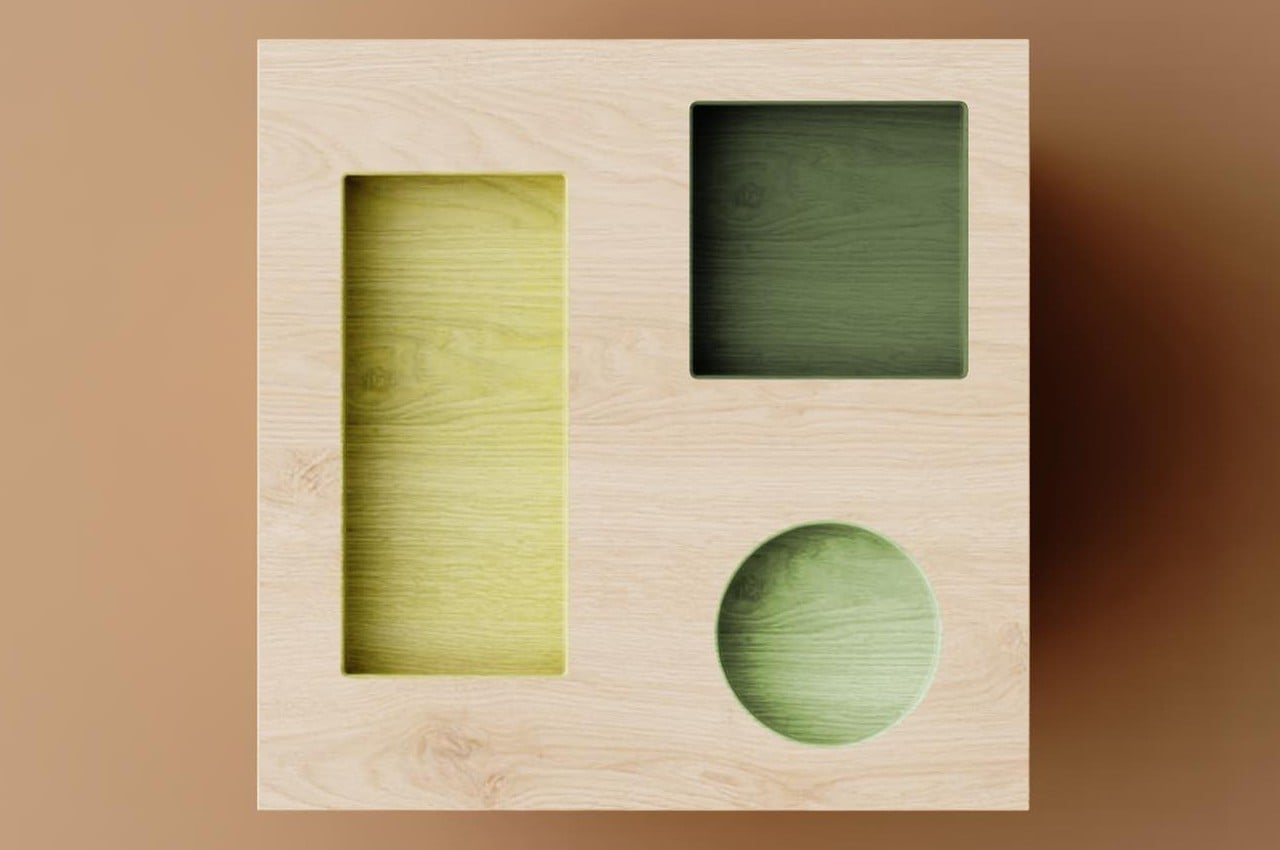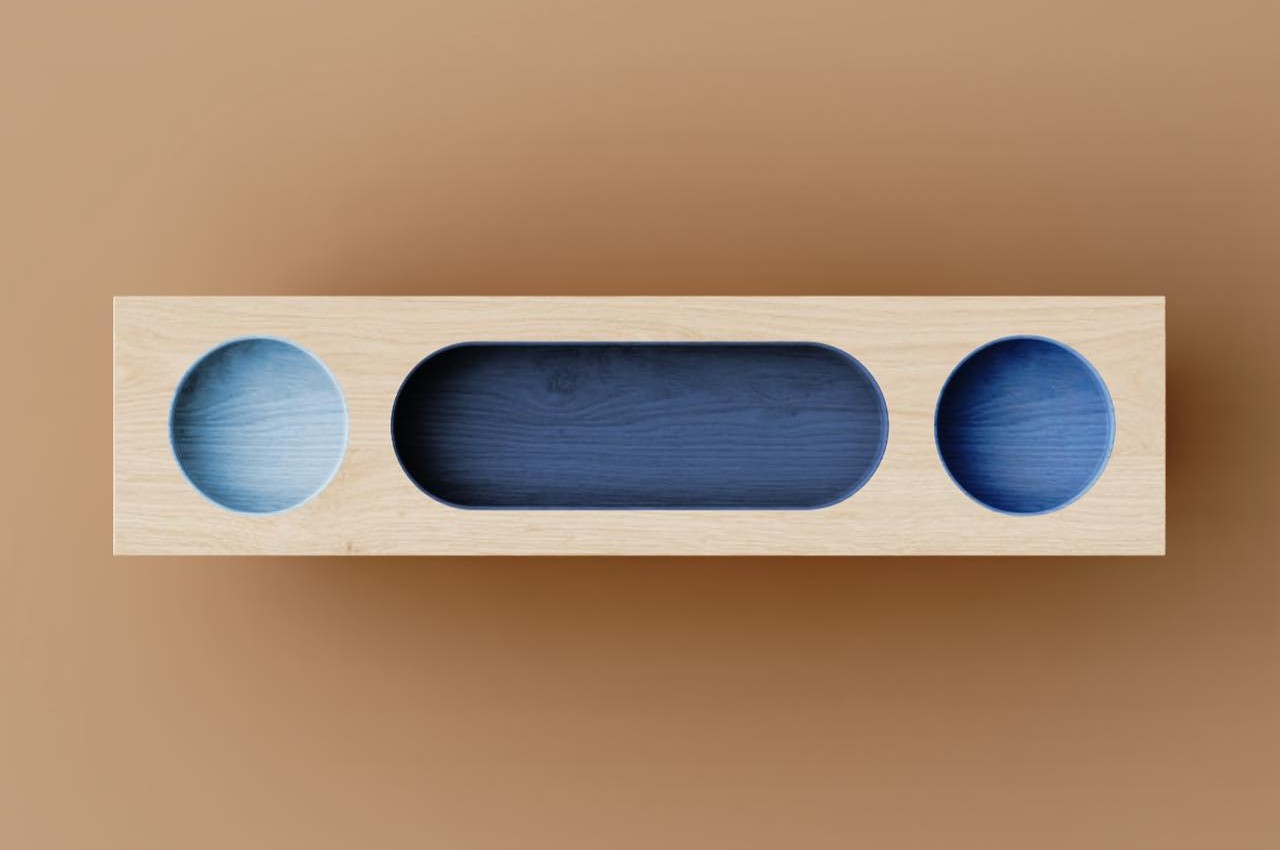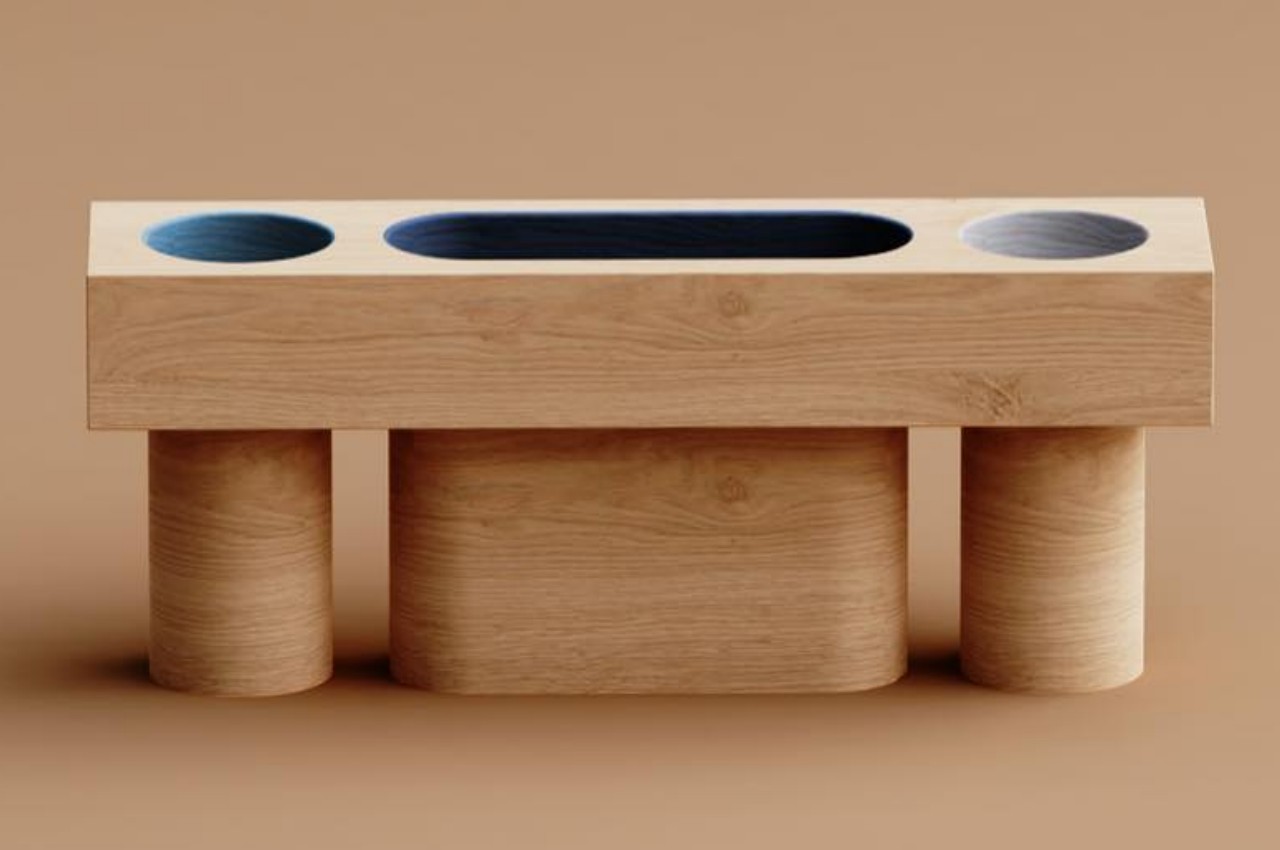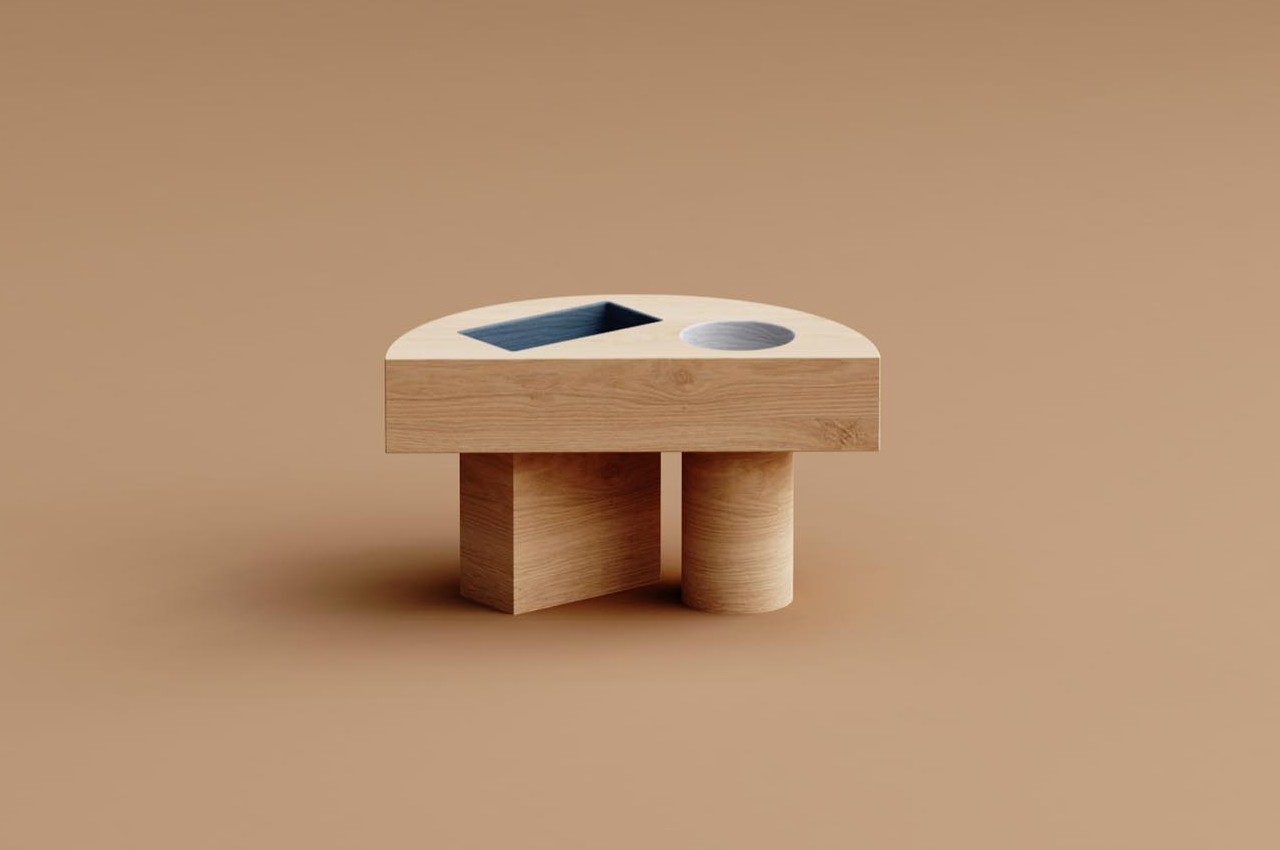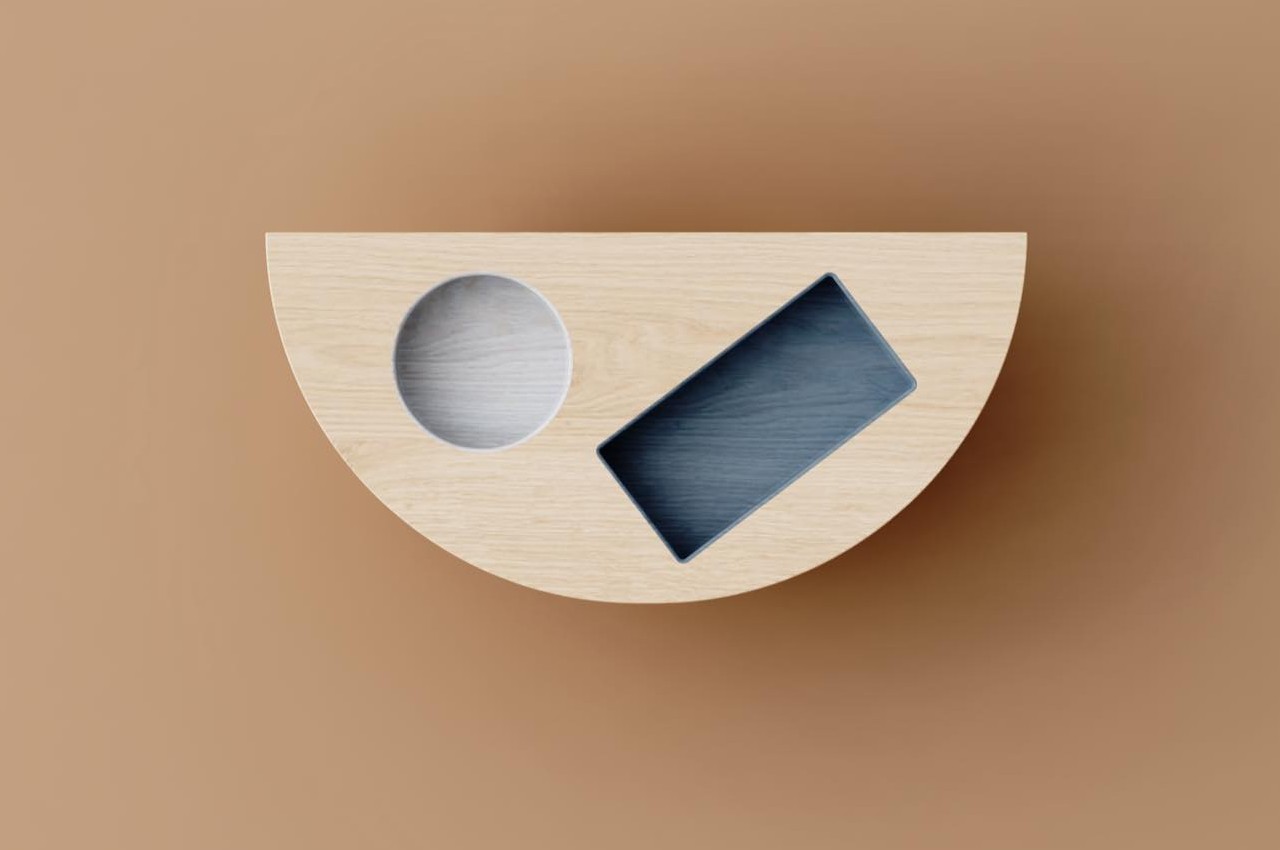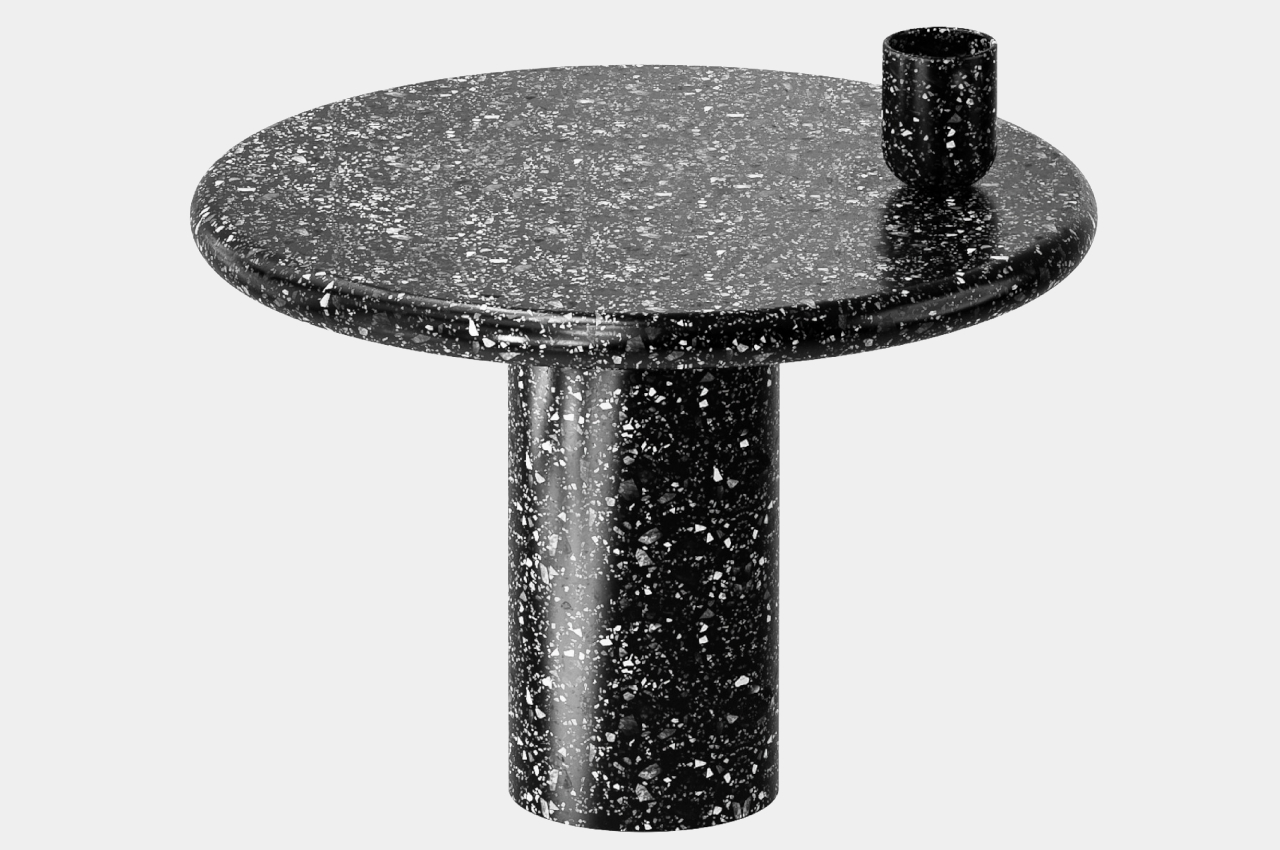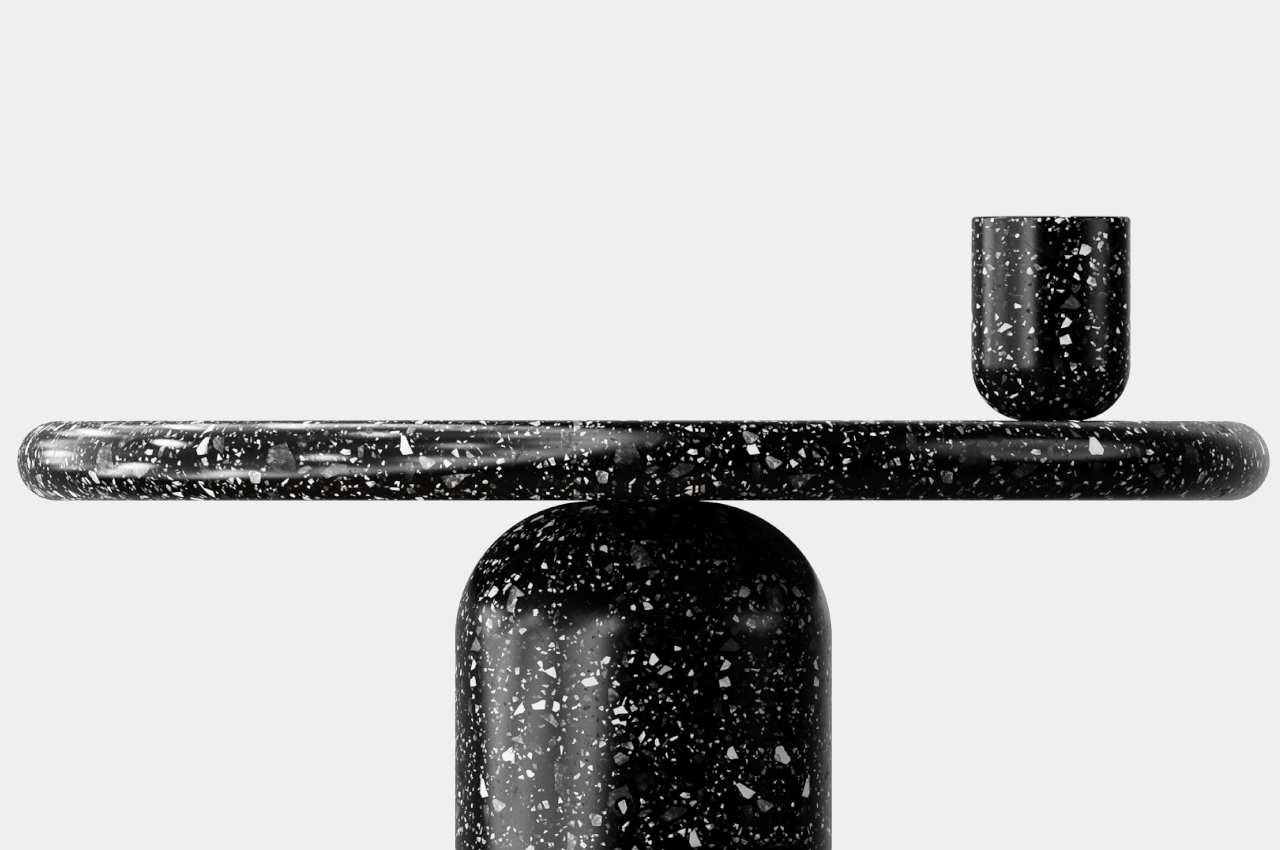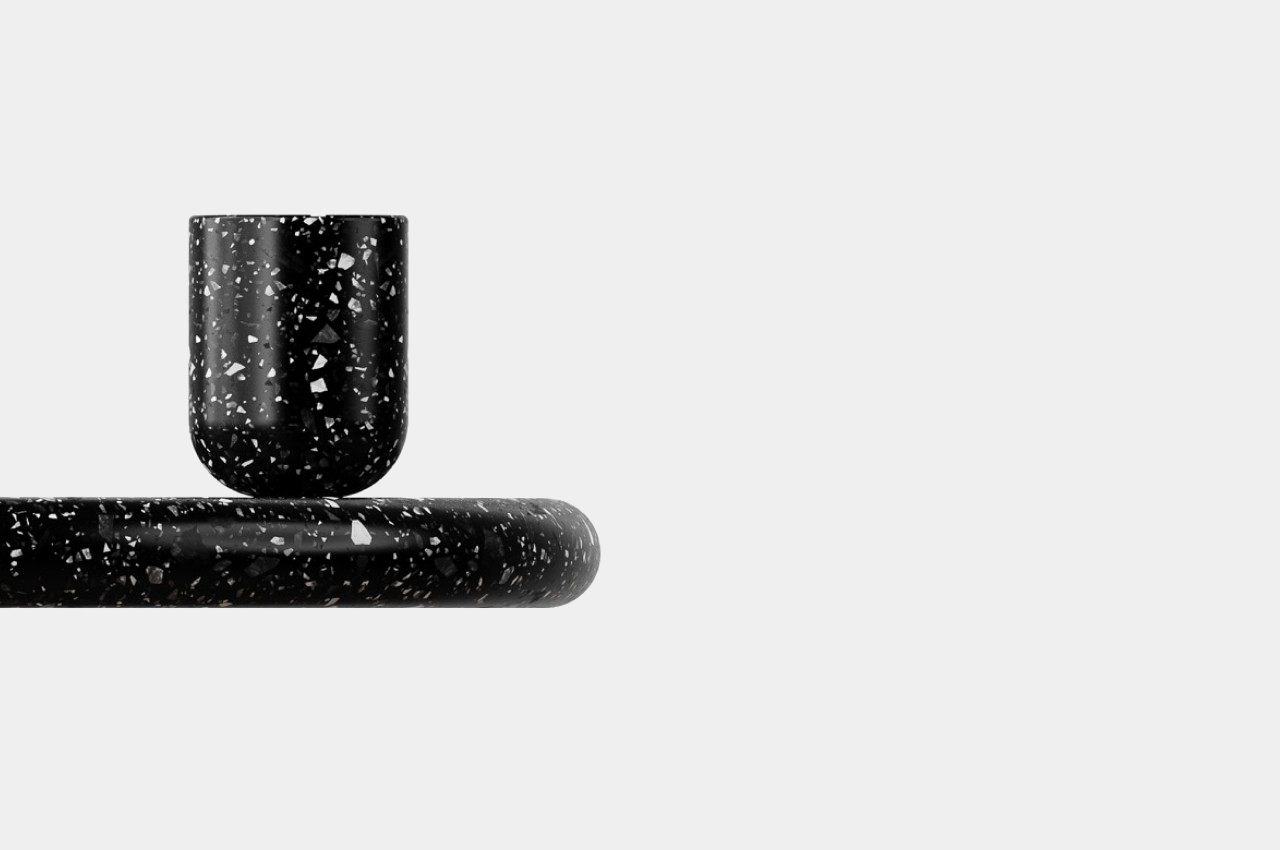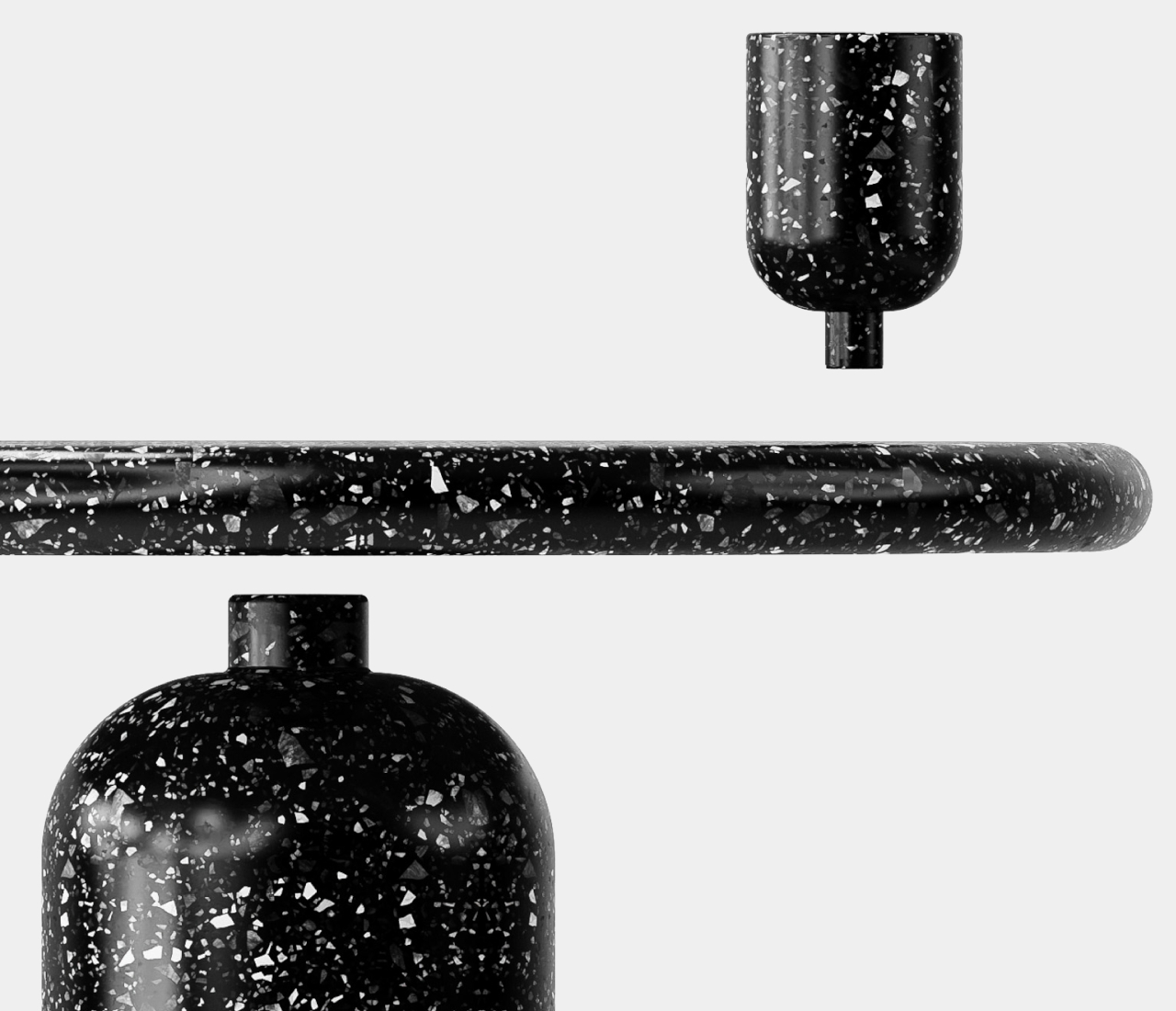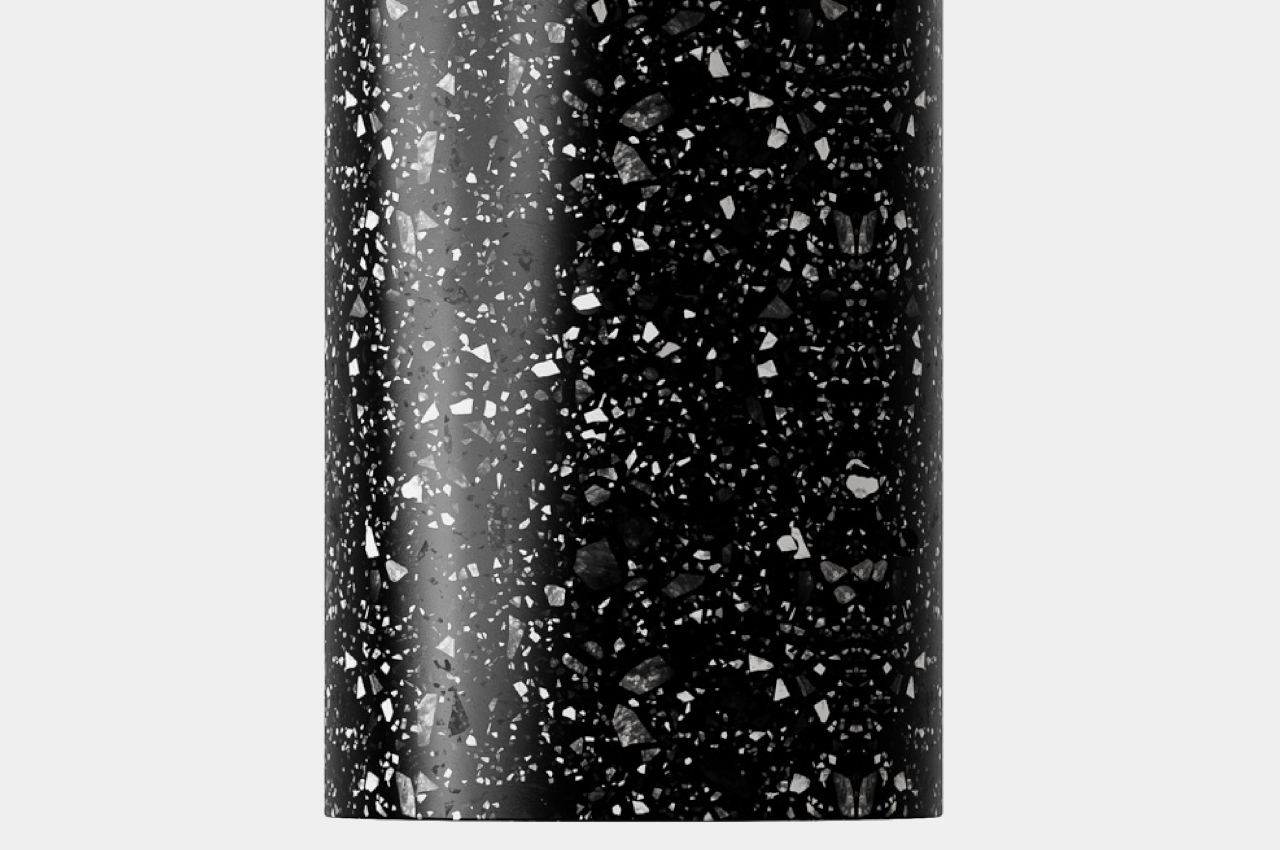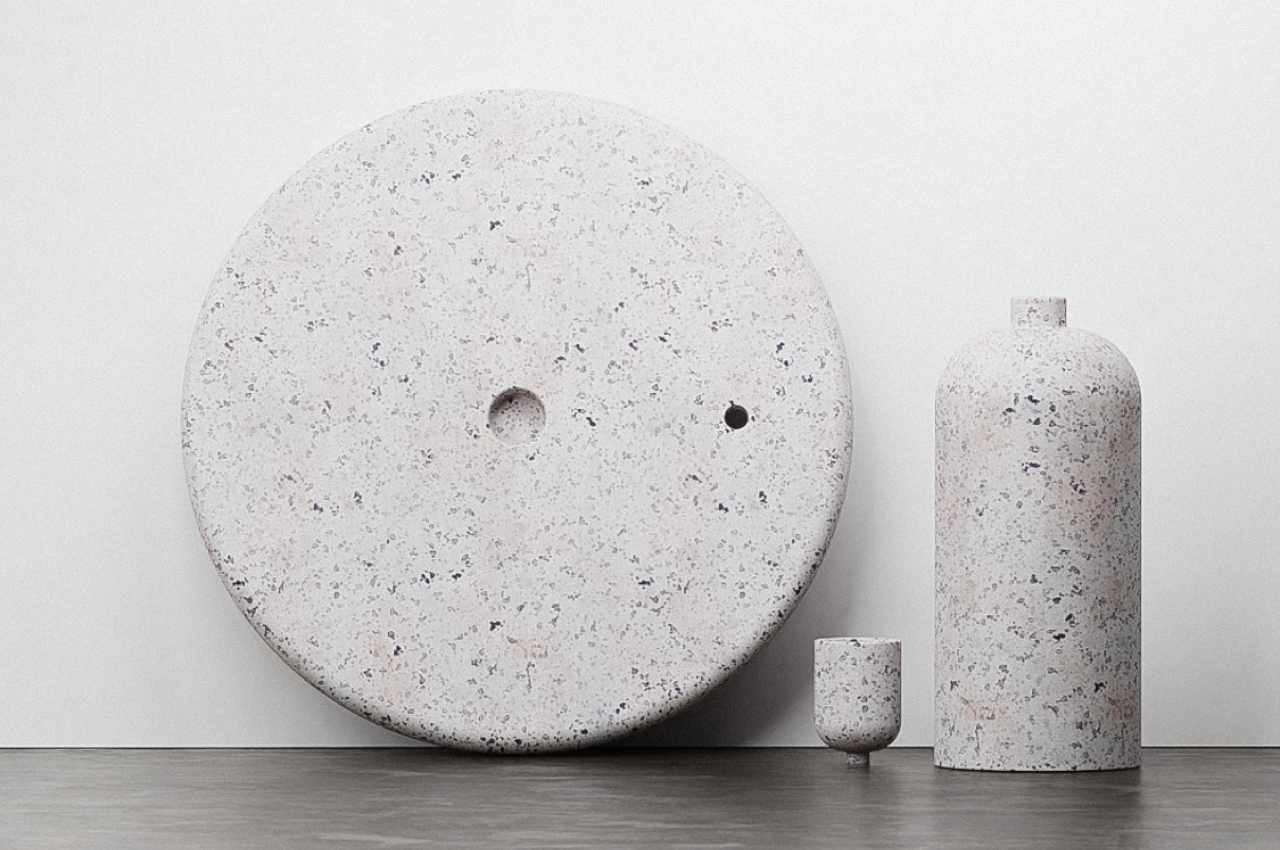Air quality at home has become a key concern among homeowners in the past few years, finally raising awareness that the air we breathe indoors might be just as bad as the pollution-filed air outdoors. Pet owners have it especially bad, with fur and pet hair adding to their list of worries. While air purifiers are becoming more popular because of that situation, very few of them can be considered to have the same aesthetic maturity as more common appliances that have been around for decades. Many are not only uninspiring but also take up space that could have been otherwise given to more functional and appealing furniture. Venturing into the home appliances market, SwitchBot is launching an air purifier that looks a tad more interesting and definitely more useful thanks to its multi-functional design, doubling as a table you can also use as a phone charger.
Designer: SwitchBot
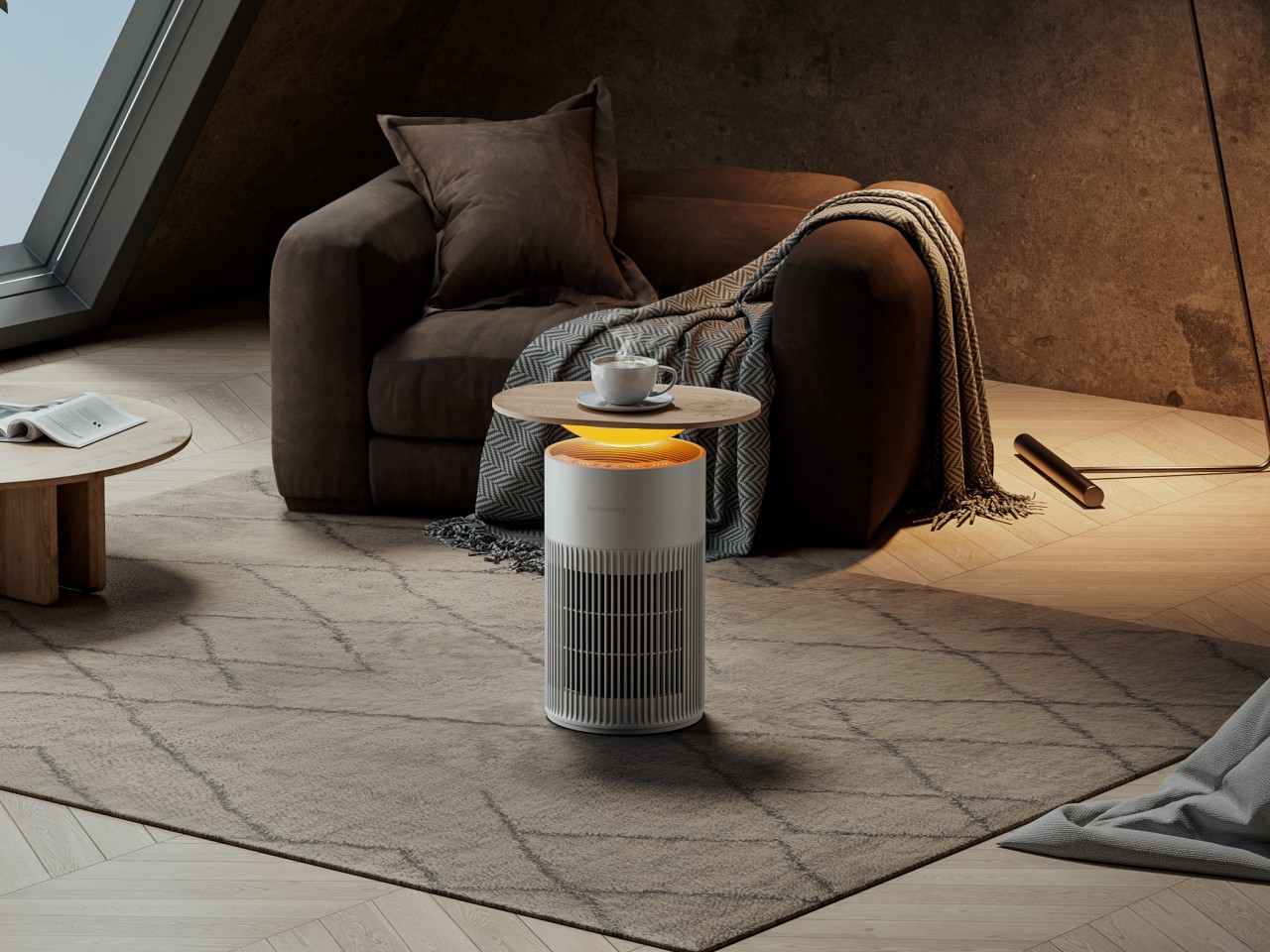
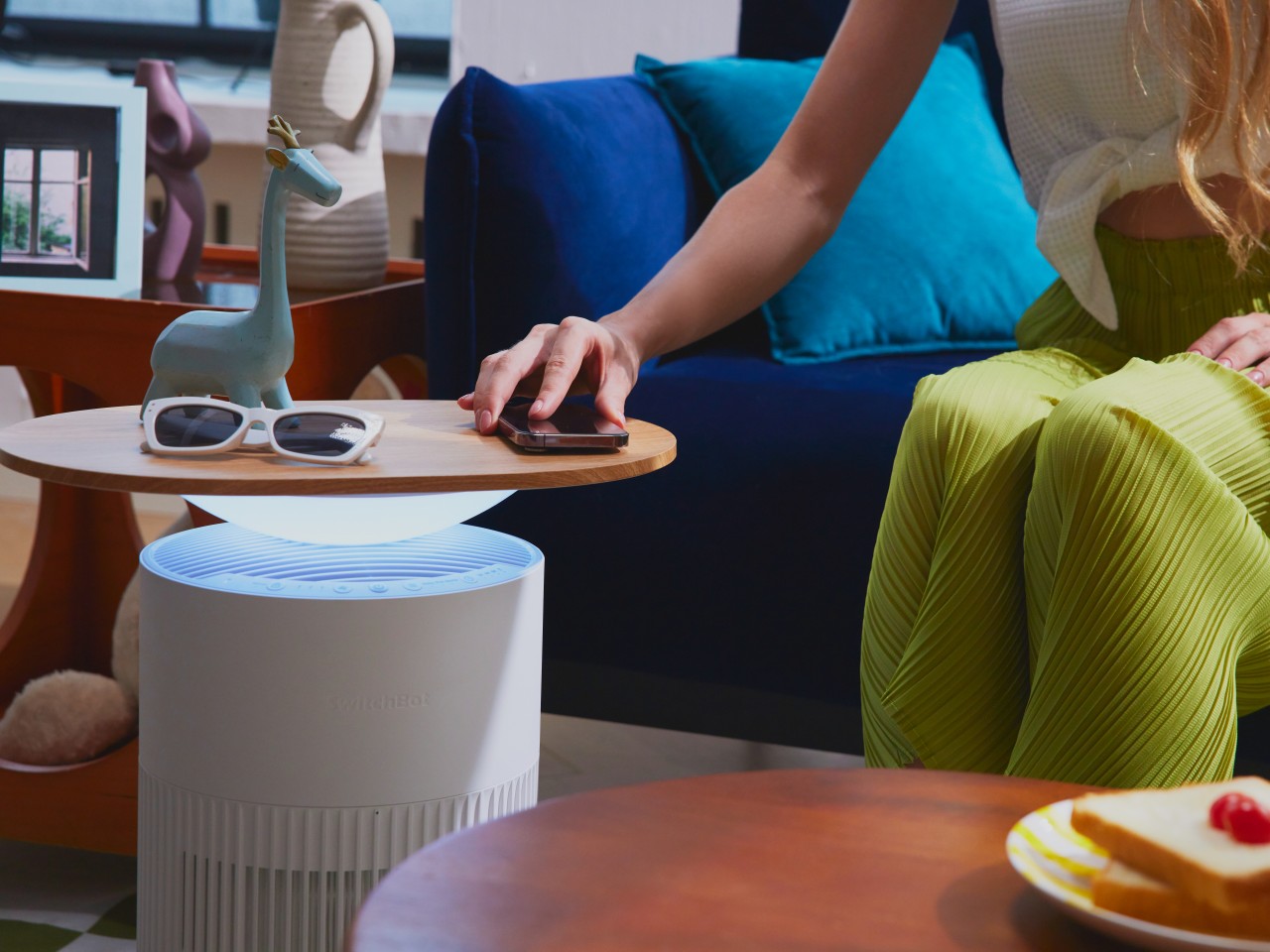
Many air purifier take on a cylindrical shape that maximizes air intake and output, but that means putting their less than attractive bodies in the middle of spaces where they stick out like a sore thumb. The new SwitchBot Air Purifier Table admittedly does have that cannister design, but it takes steps to set itself apart from the crowd and elevate your living space as well.
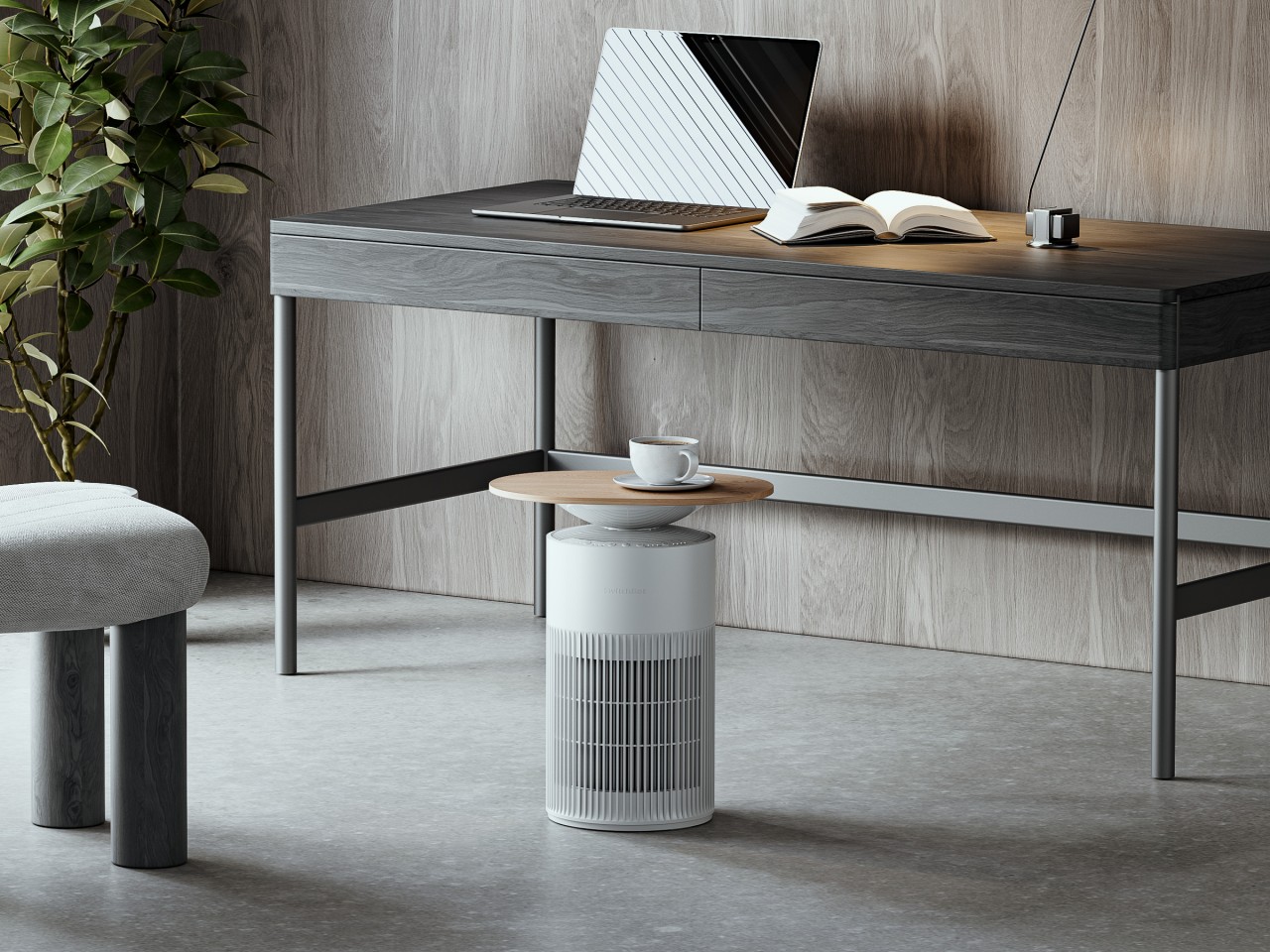
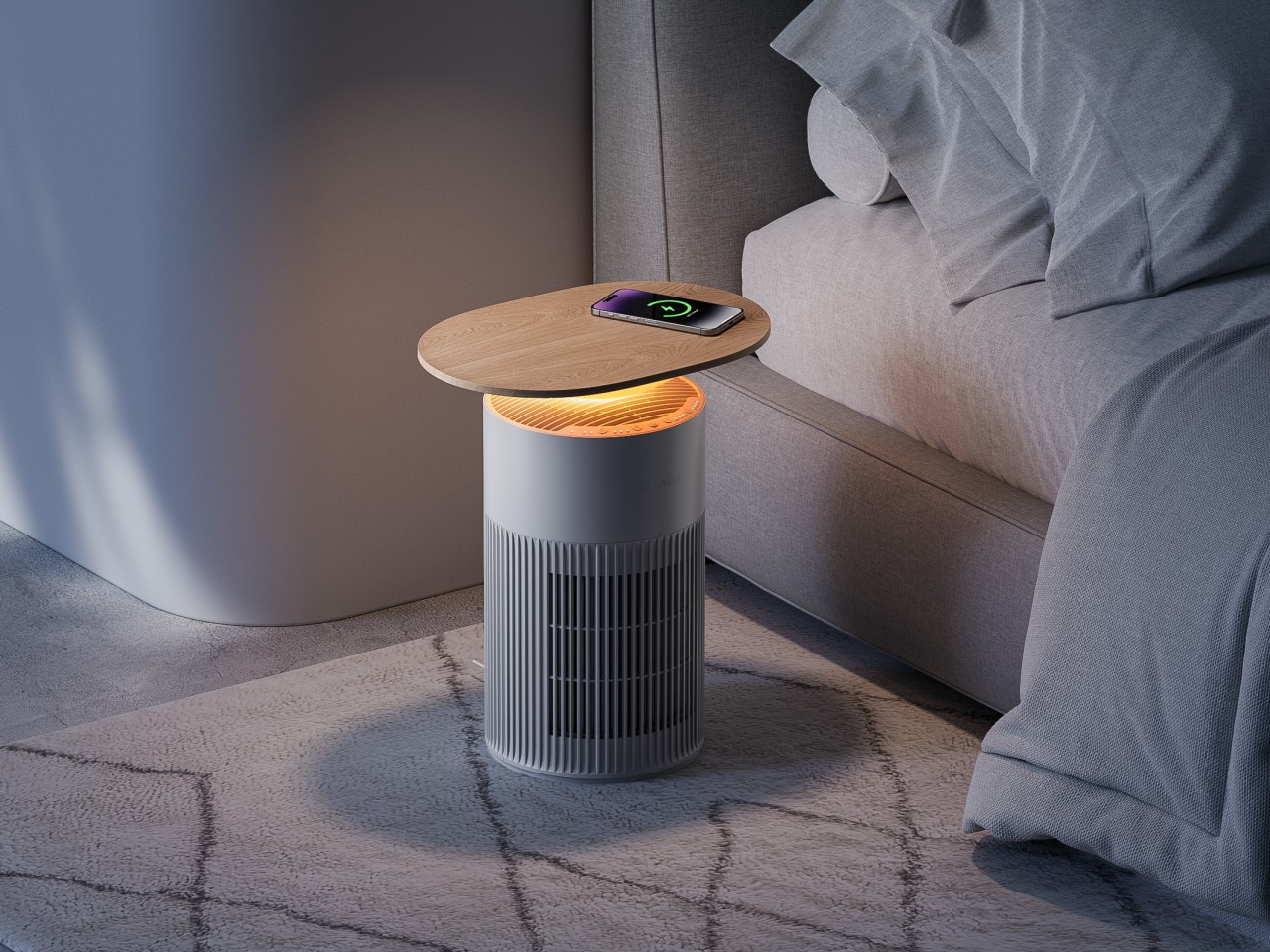
In addition to its minimalist style, this air purifier puts a flat oval on top that can be used as a table to hold your things while you sit back and relax for a bit. The wood-like finish gives it a bit of visual flair and helps make it match the other furniture in your living area or bedroom. It also encourages you to put the air purifier in places that get a lot of human presence, usually beside couches or beds or maybe even in the middle of the room, allowing it to have a better impact on the quality of the air people breathe.
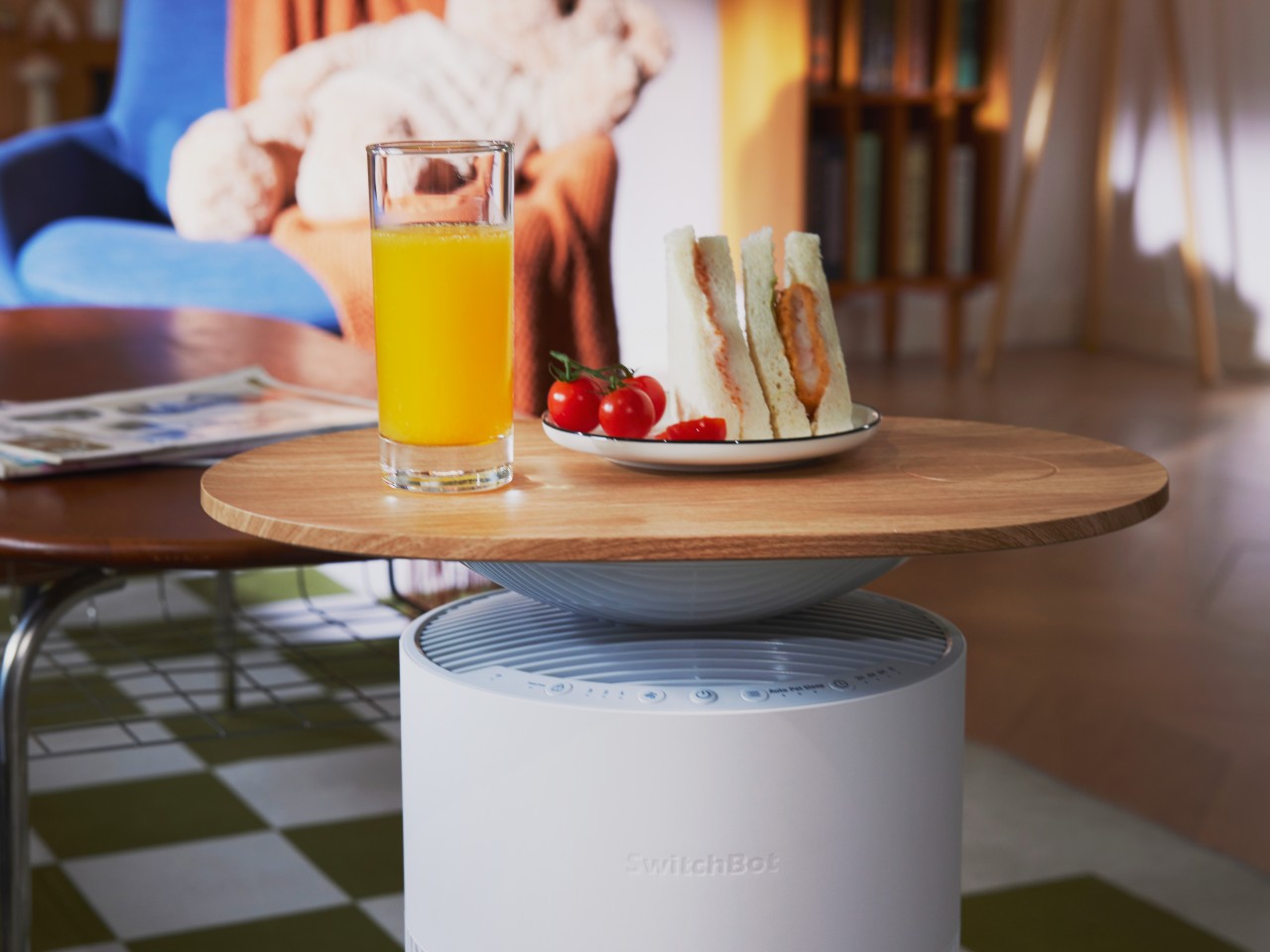
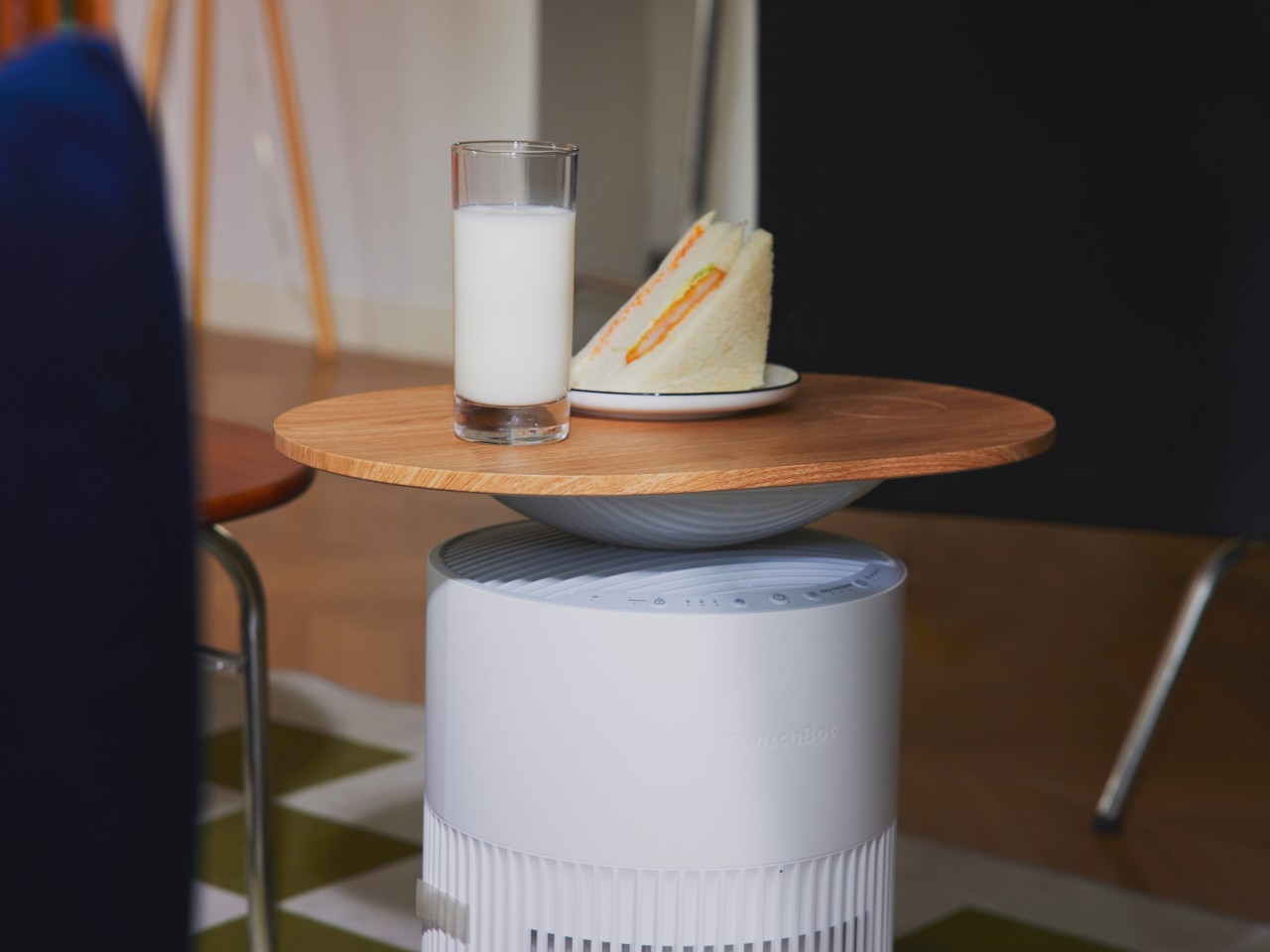
Its “extra” functionality doesn’t stop there, however. That tabletop is also a wireless charger, supporting 15W charging for Android devices and 7.5W for iPhones. Simply place your phone there and let it charge while you read, watch, or just chill with friends. The Air Purifier Table has configurable lighting between the air purifier itself and the tabletop, allowing you to set the mood you want or be informed when the air quality in its immediate vicinity worsens.
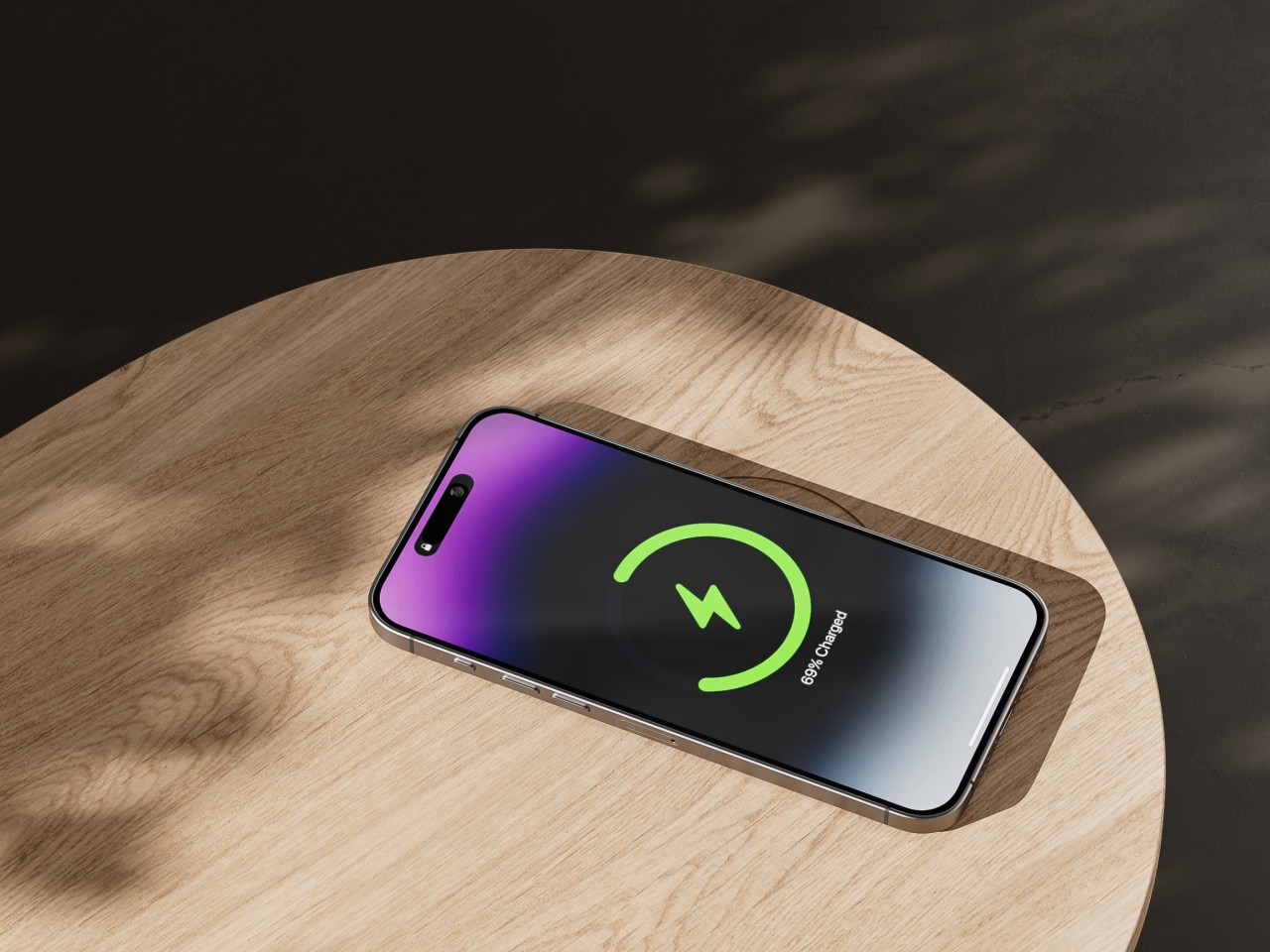
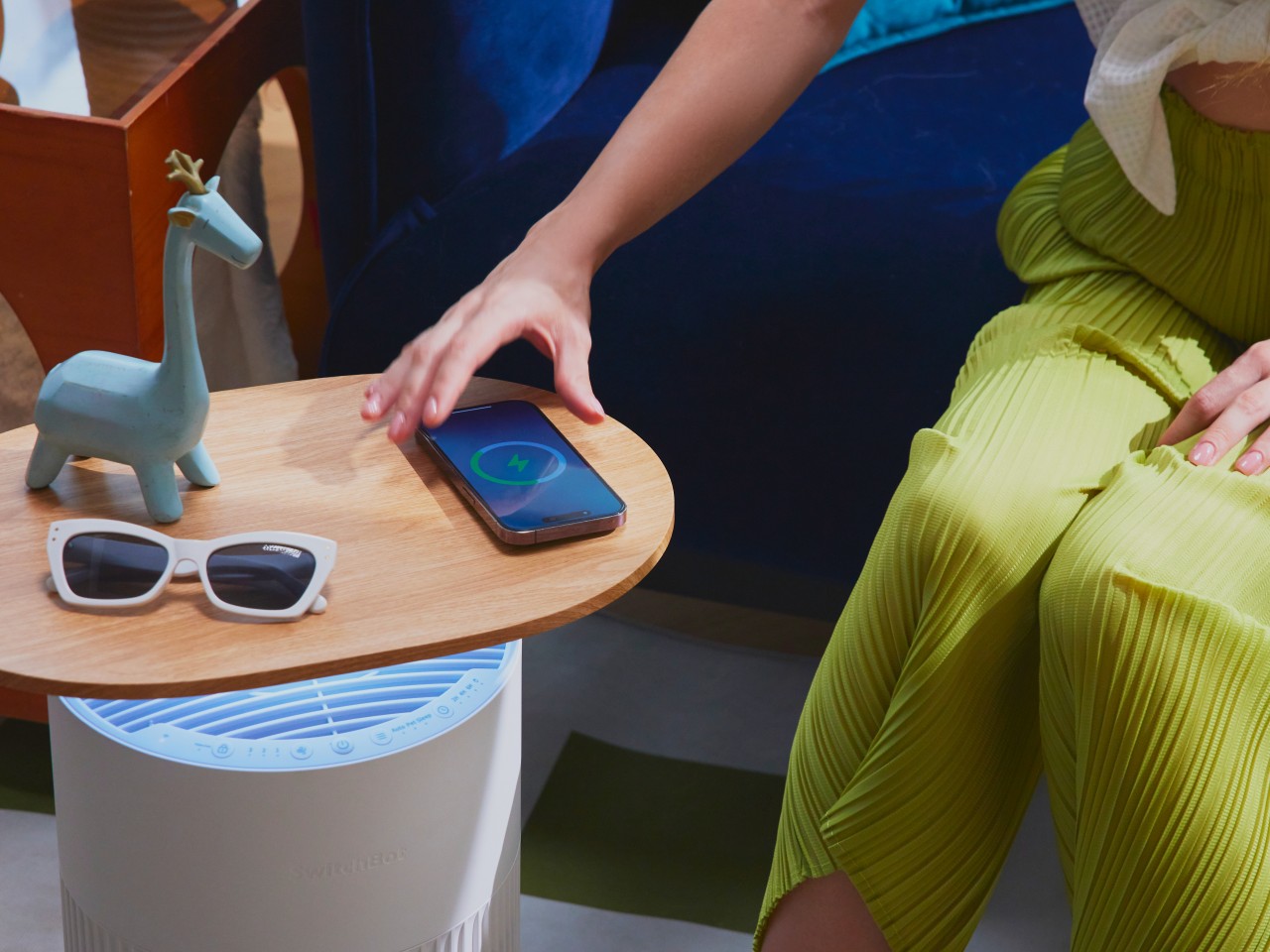
Of course, the SwitchBot Air Purifier Table is an air purifier, first and foremost, and it boasts plenty of street cred for that. It’s also pretty proud of its ability to remove pet hair and prevent it from contaminating the air that humans breathe, all without stressing out the pet in the process. The SwitchBot Air Purifier Table, available now for pre-order, will set you back $269.99, but there’s also a simpler $219.99 version that trades the wireless charging table top for a smaller bowl-like structure that cats might love to sit on.
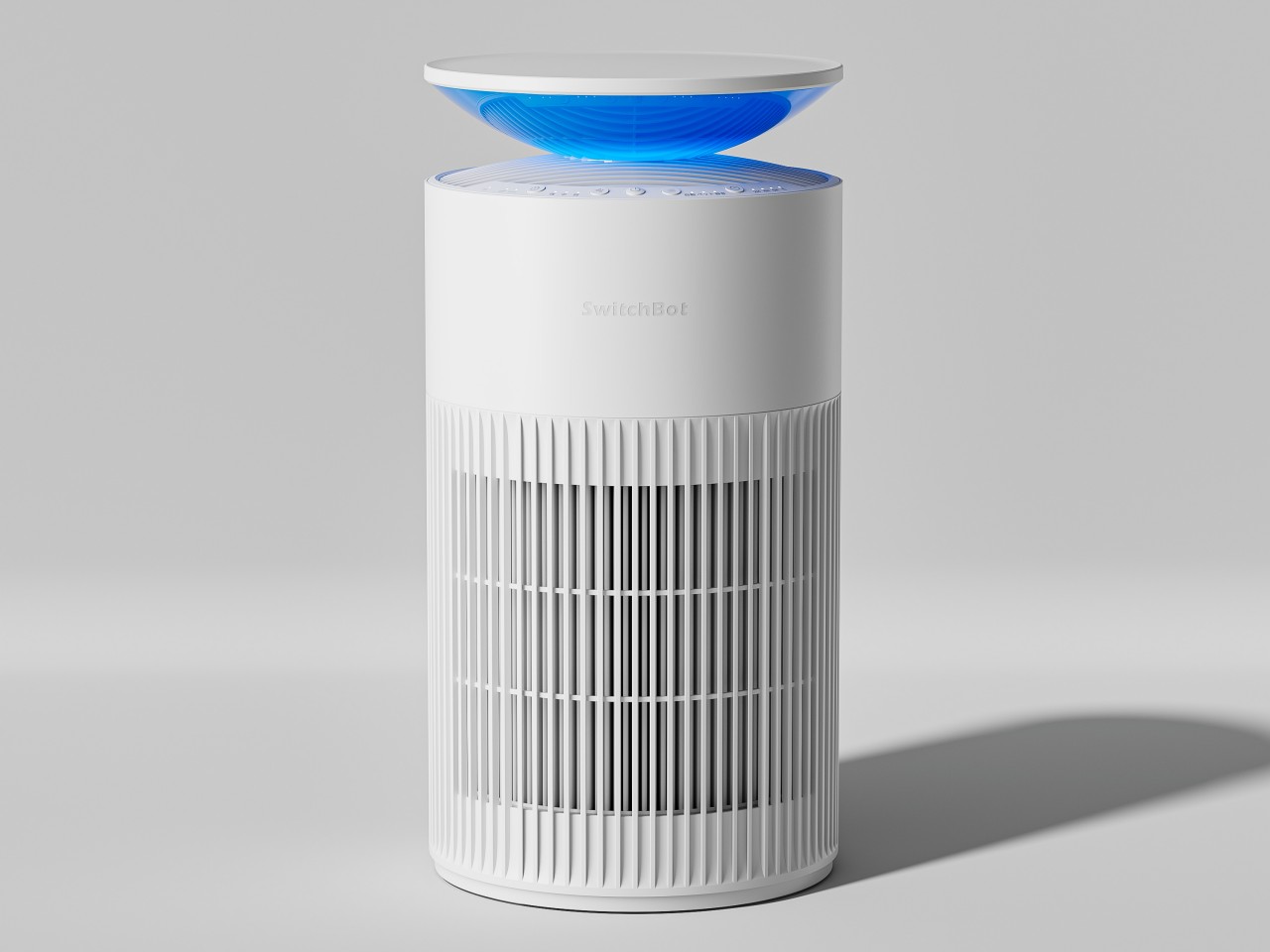
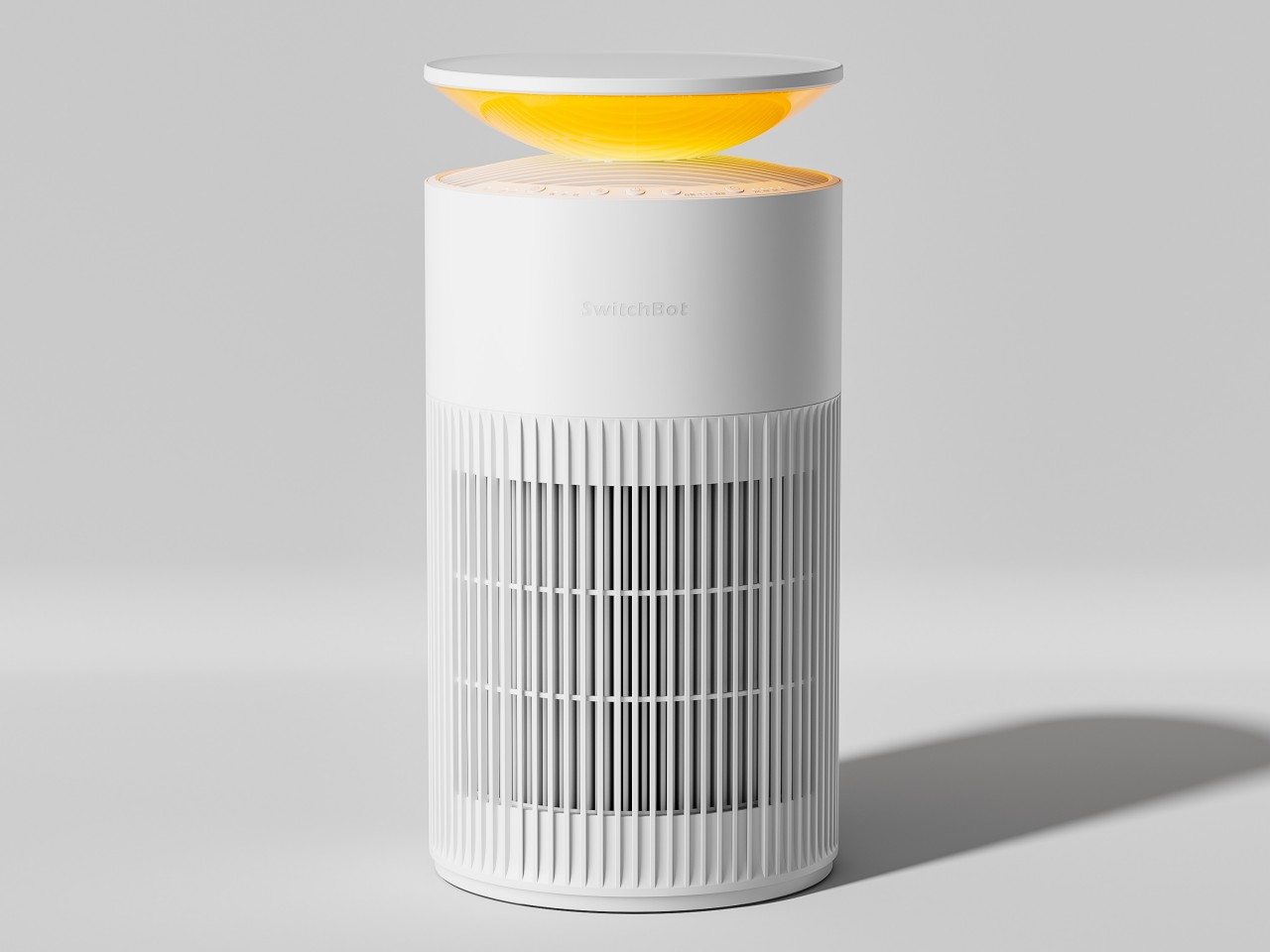
The post SwitchBot Air Purifier Table includes a wireless charger for health and convenience first appeared on Yanko Design.
